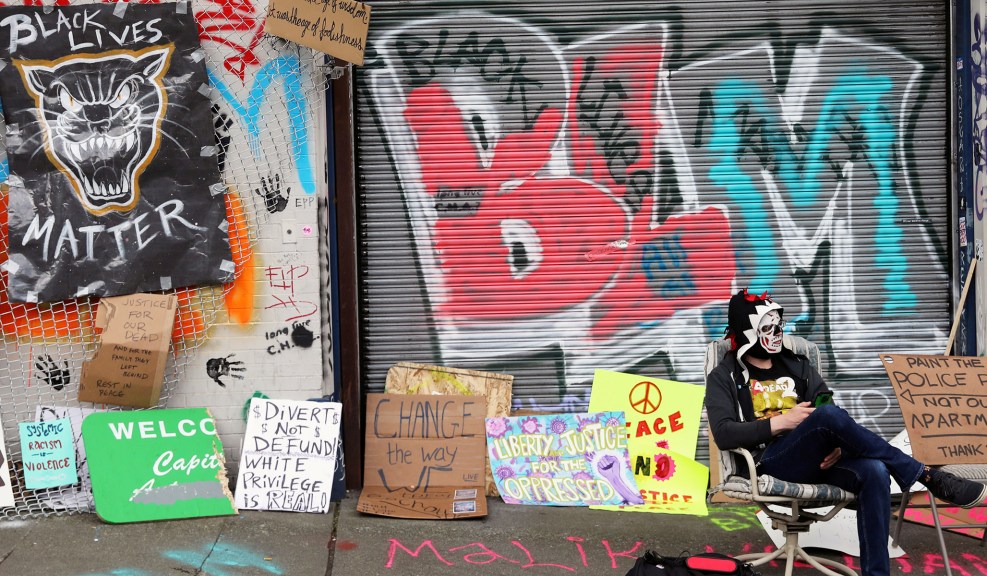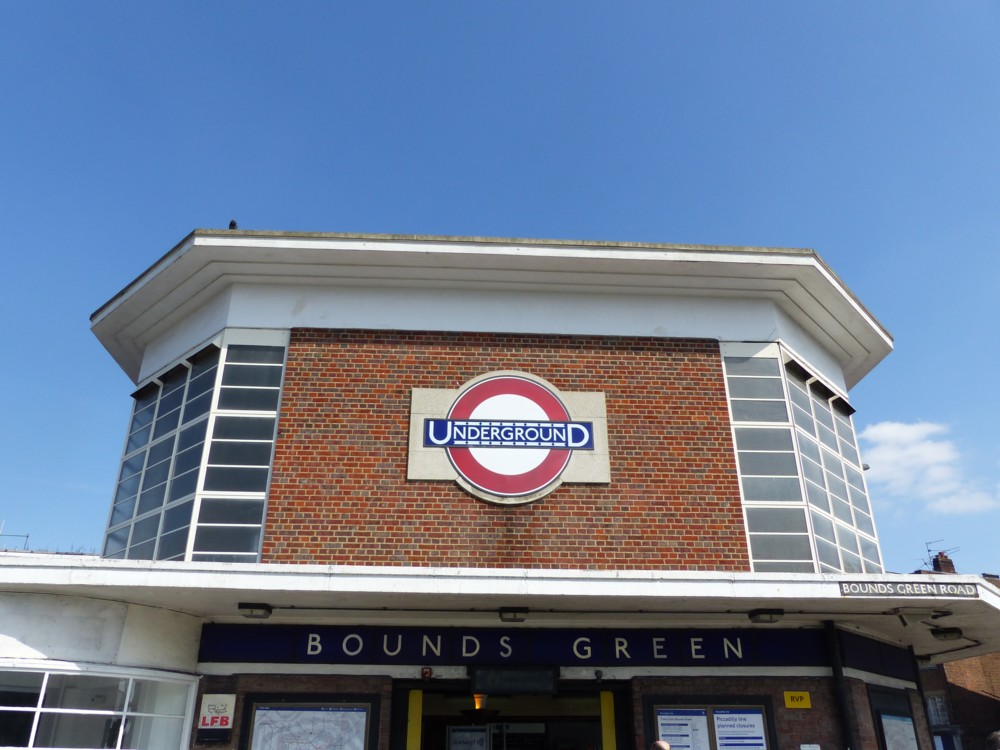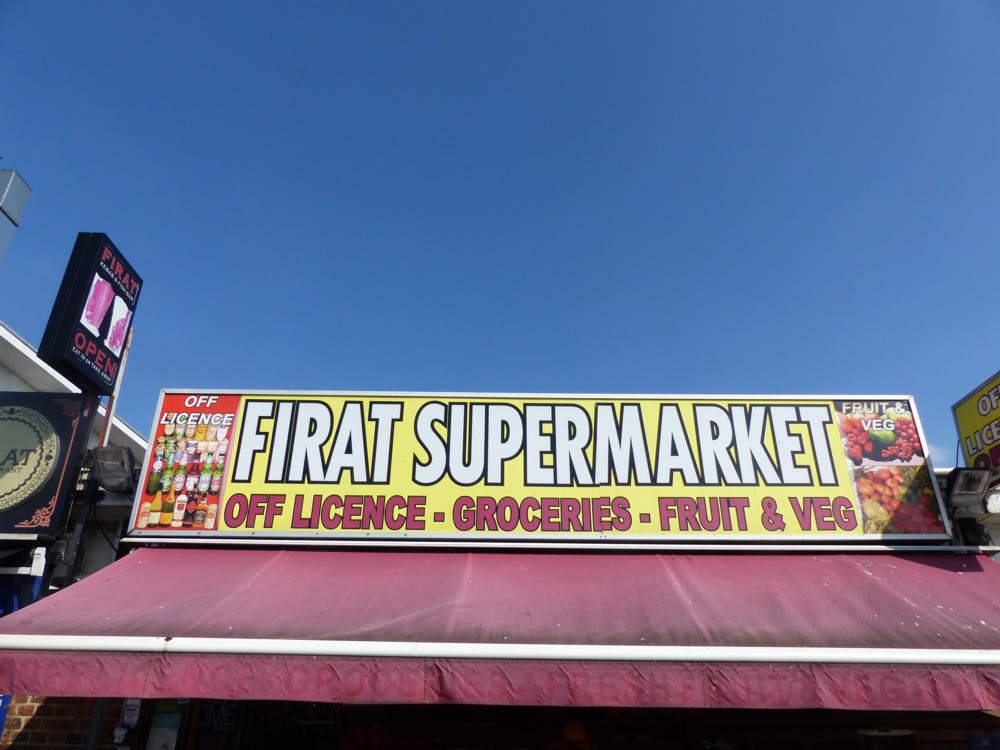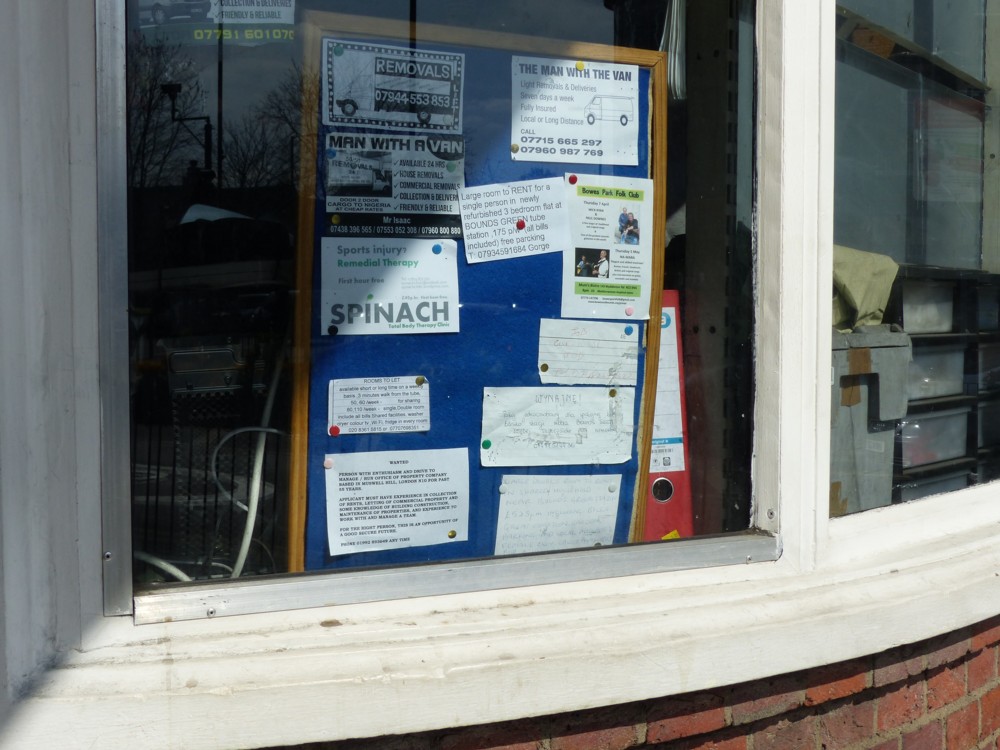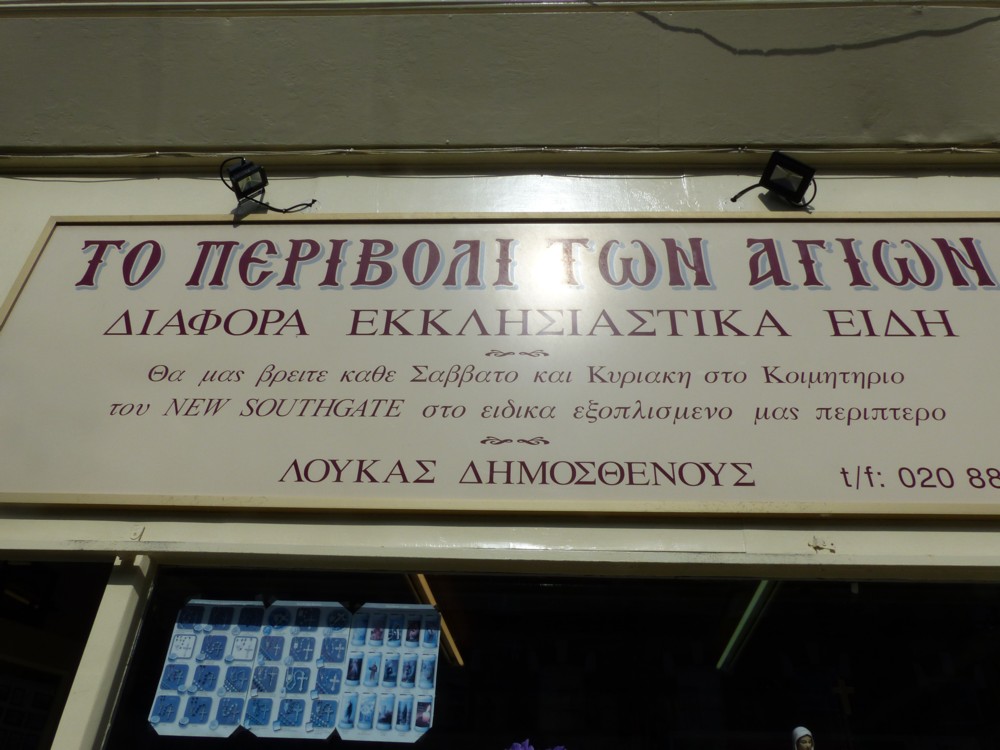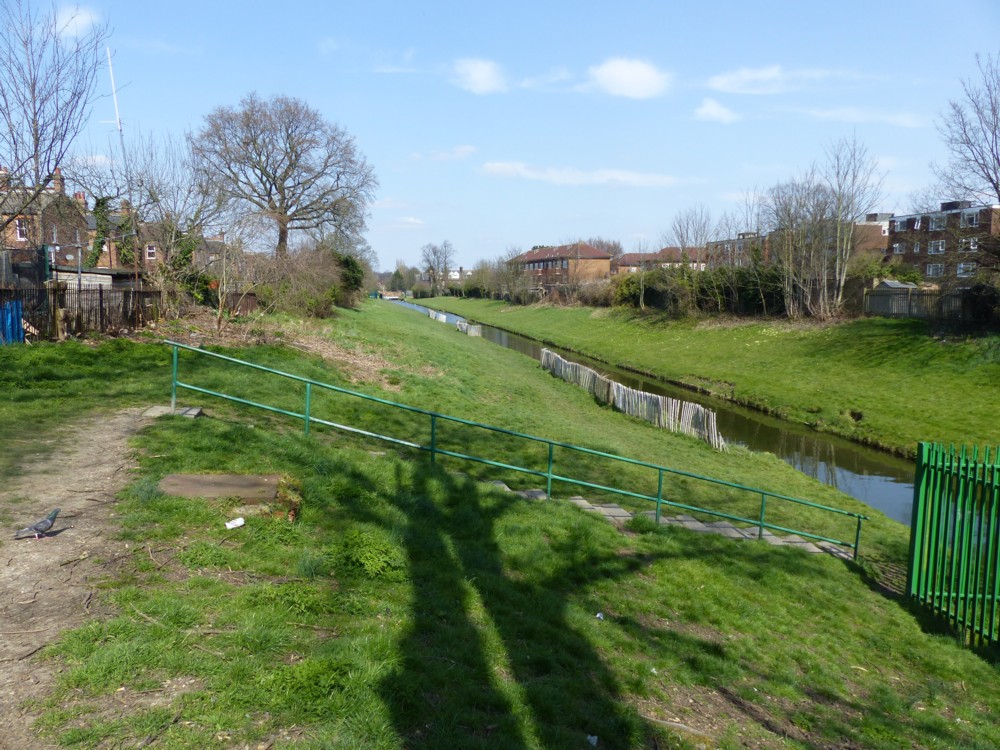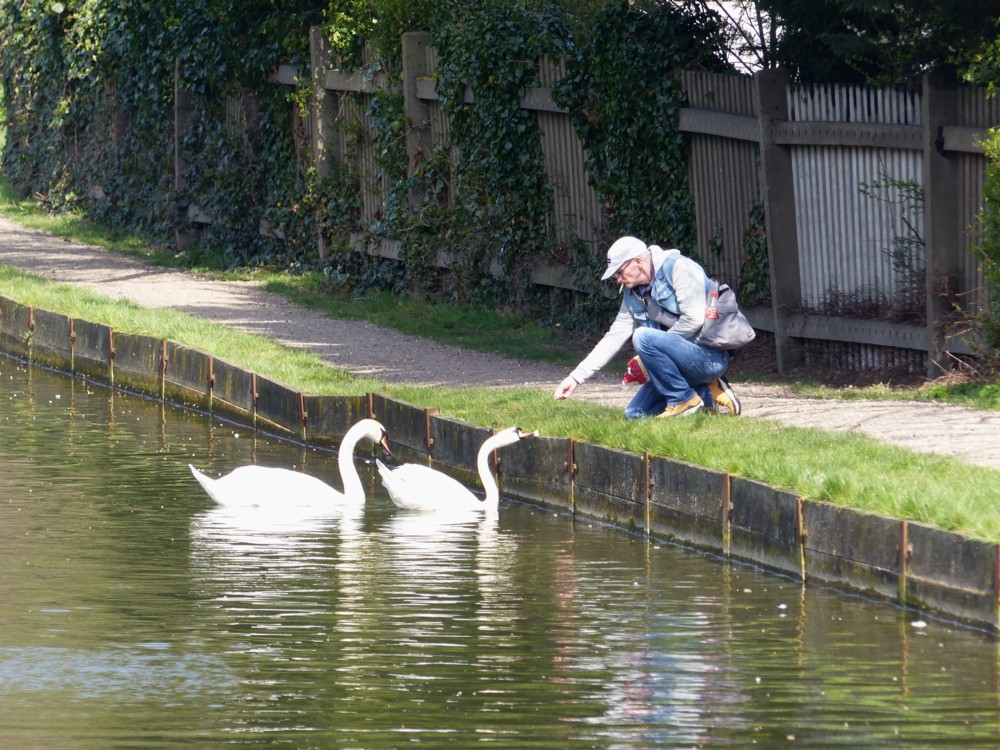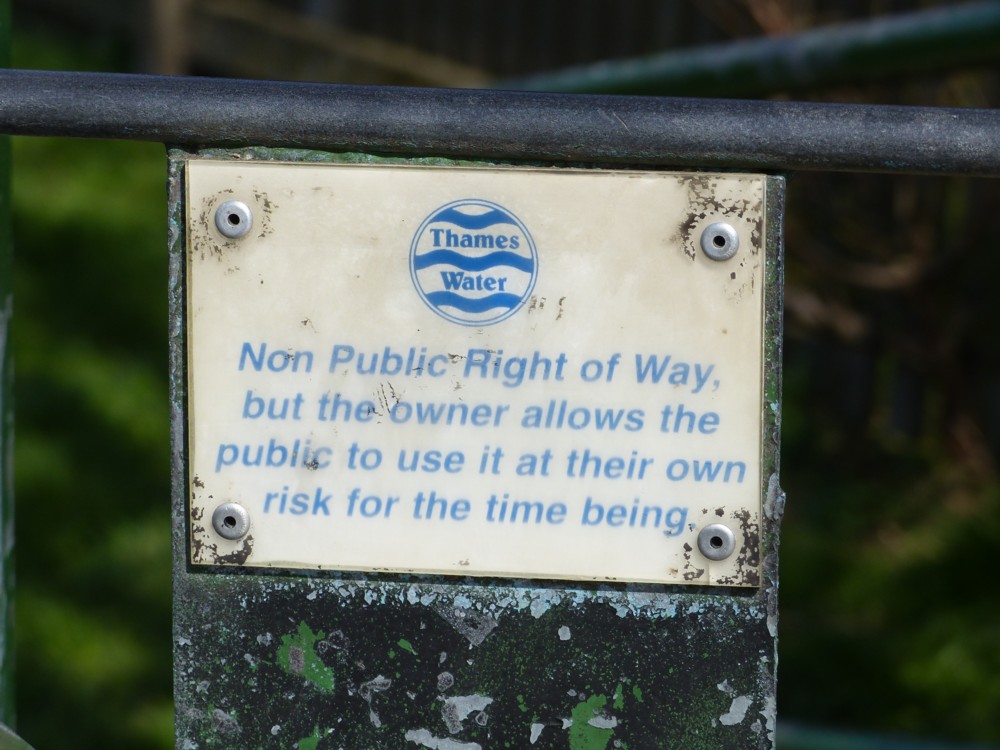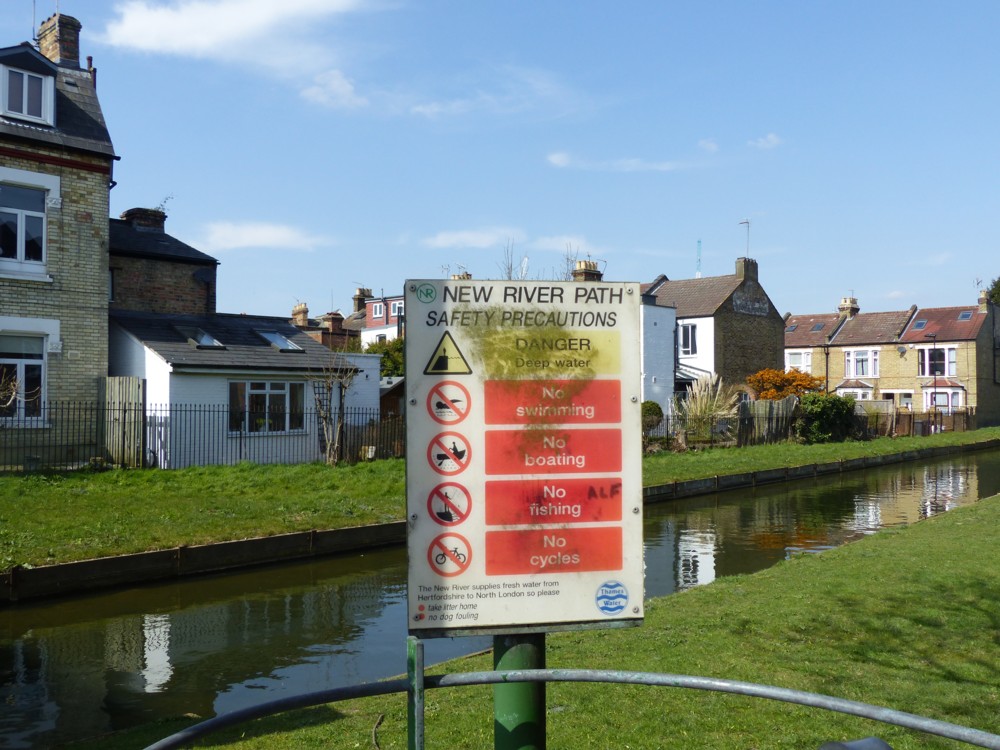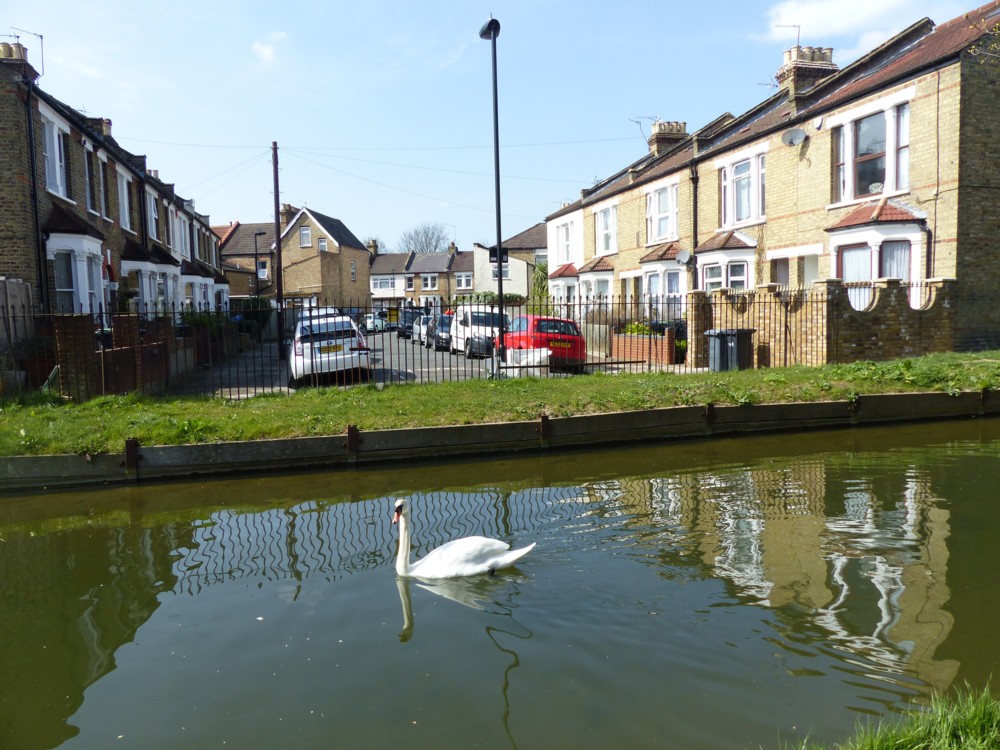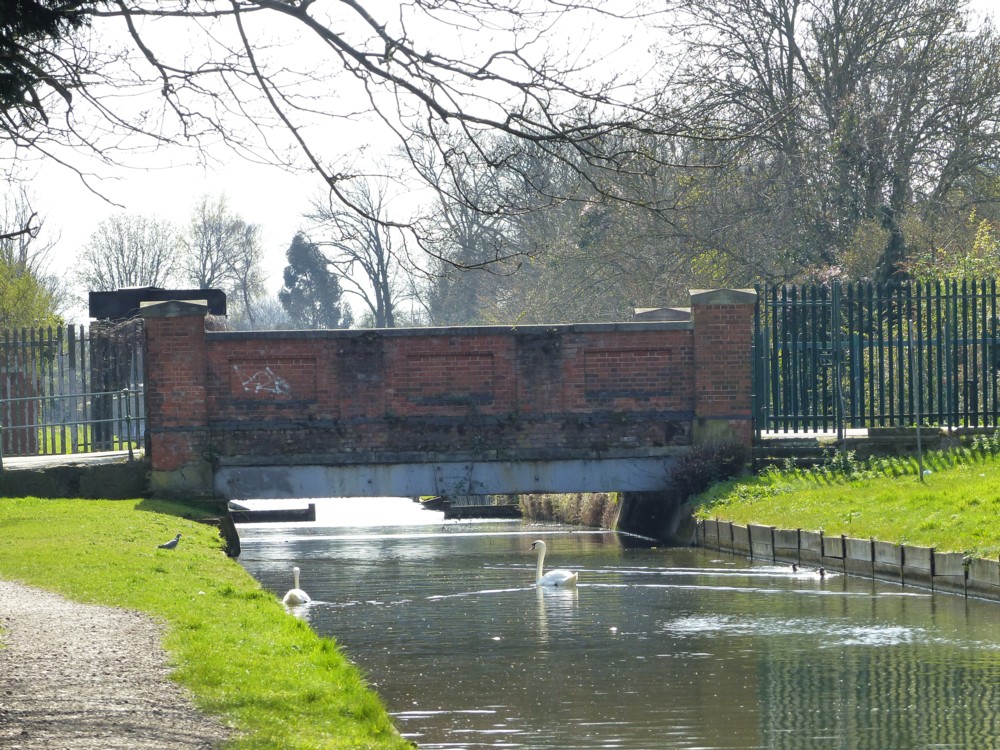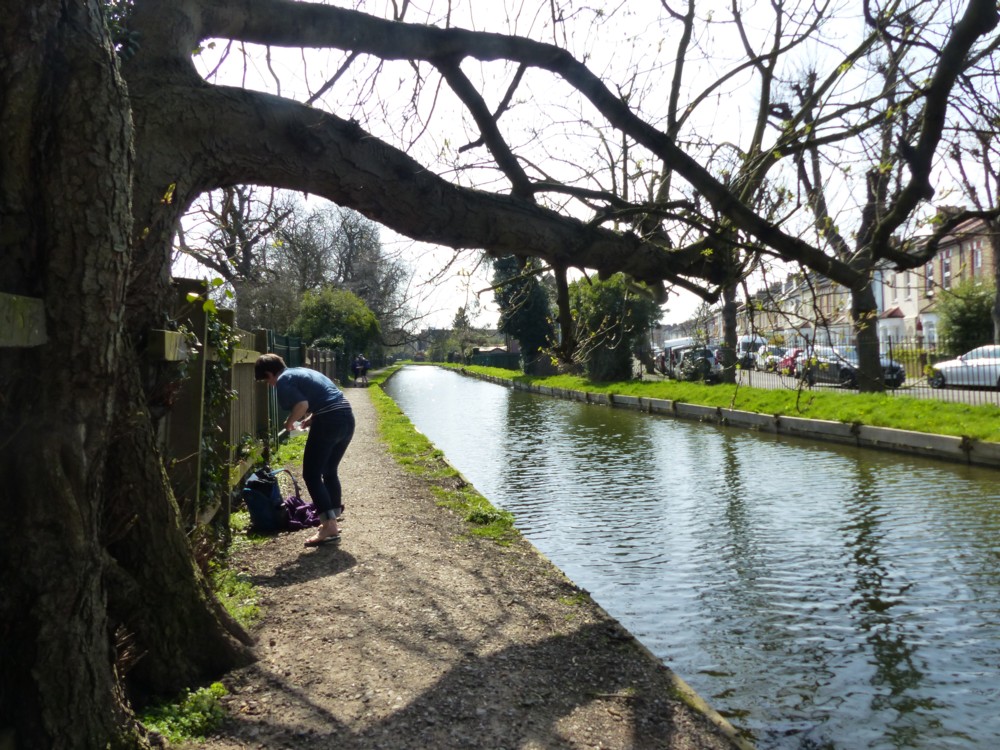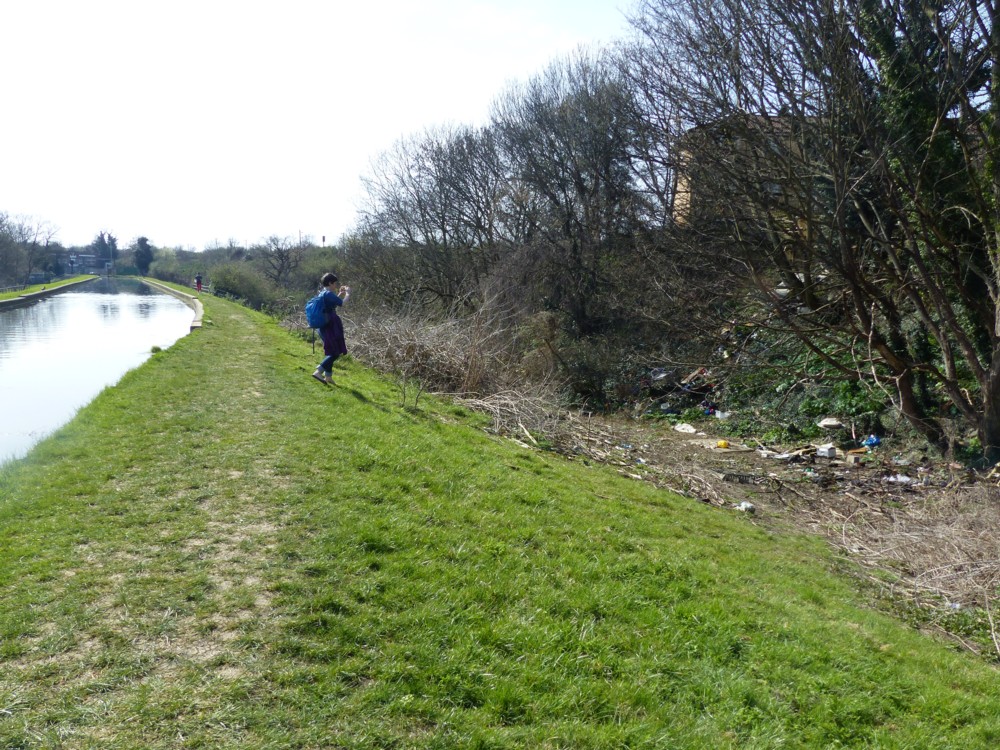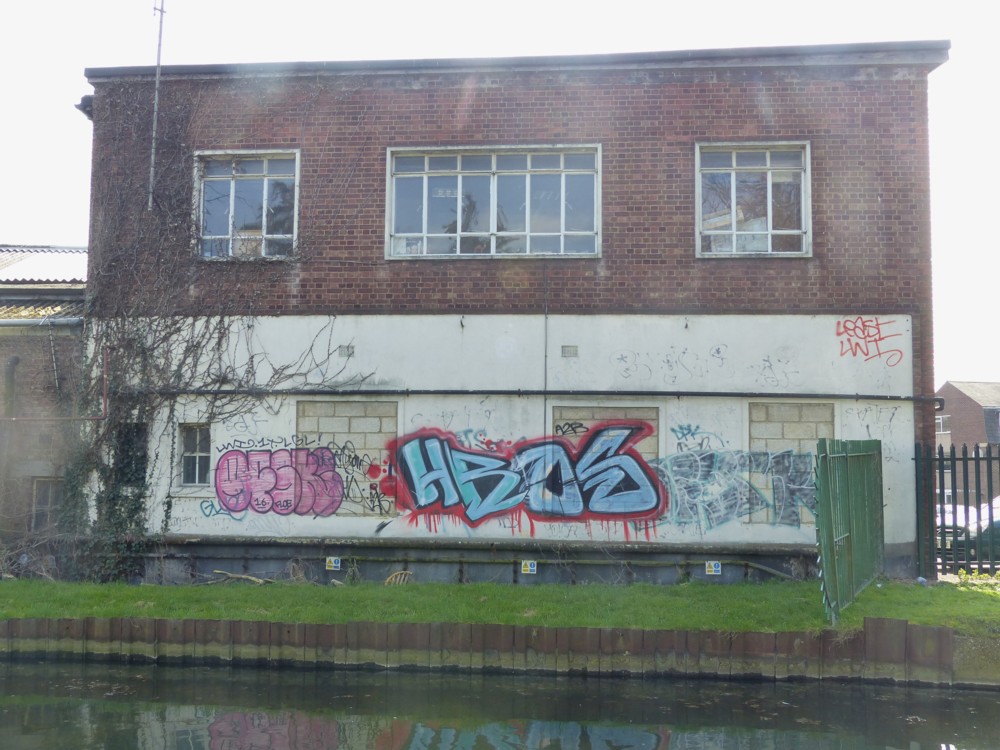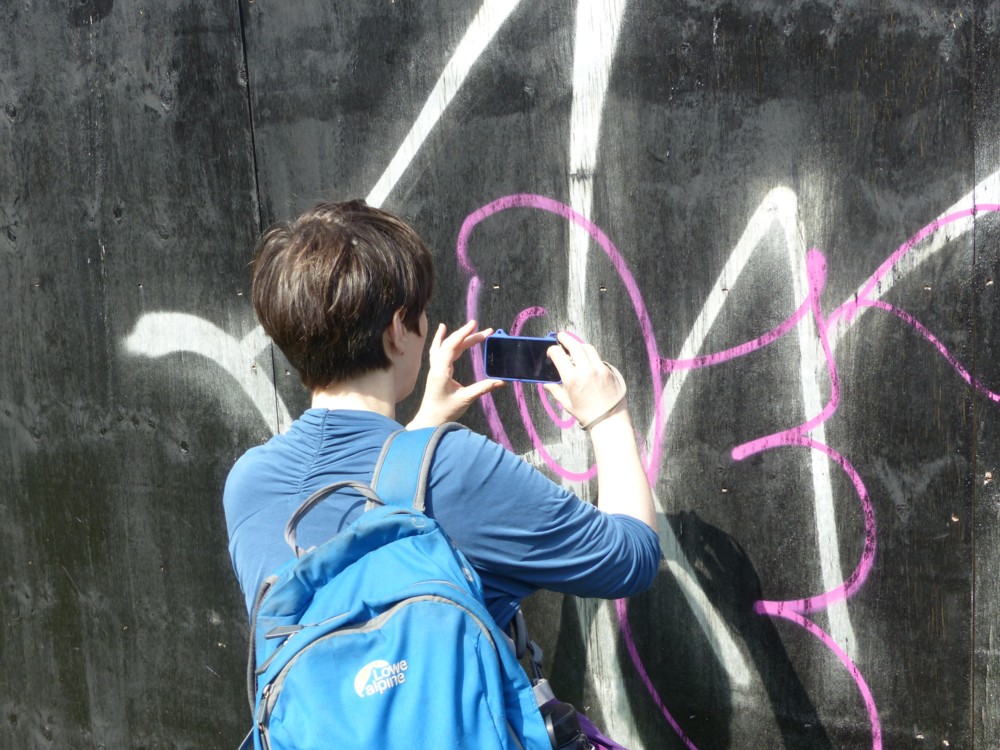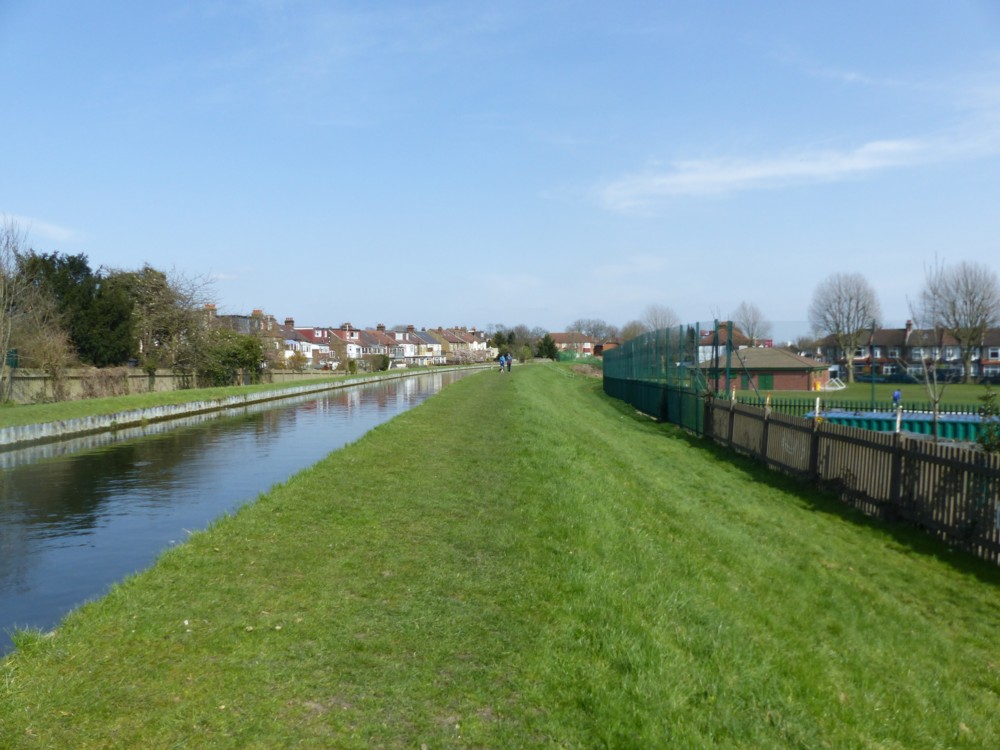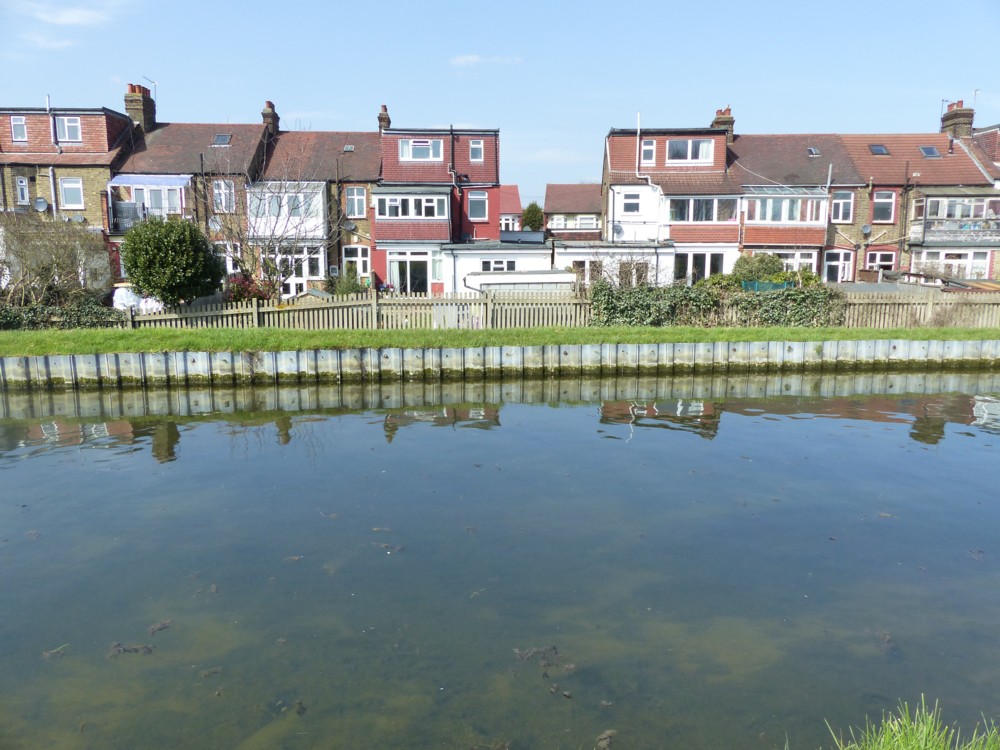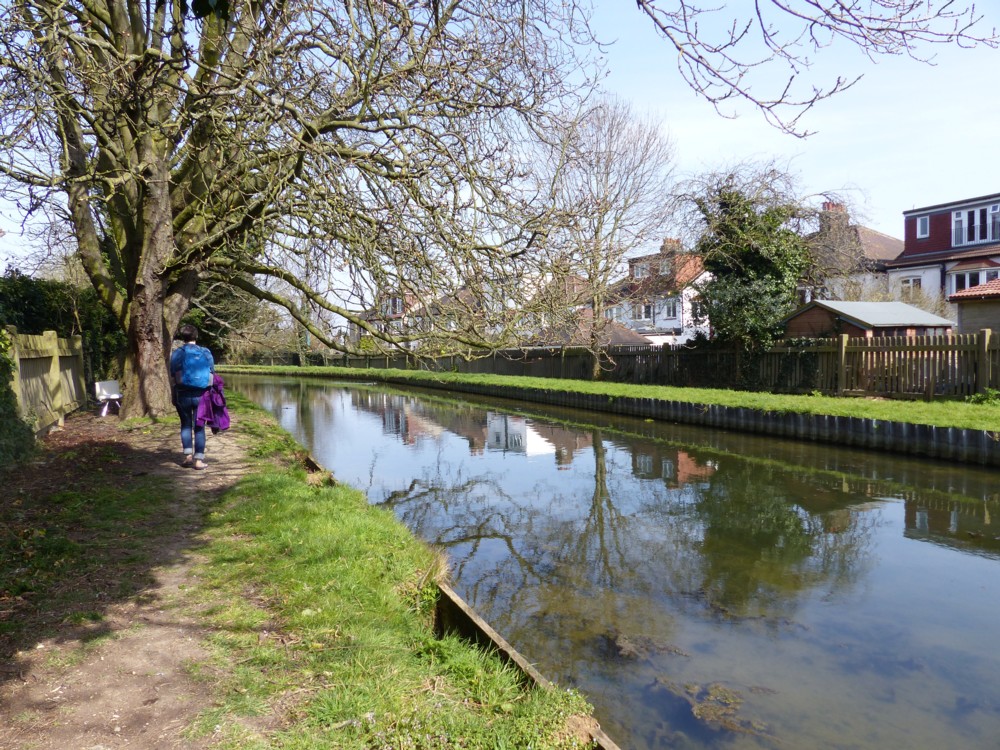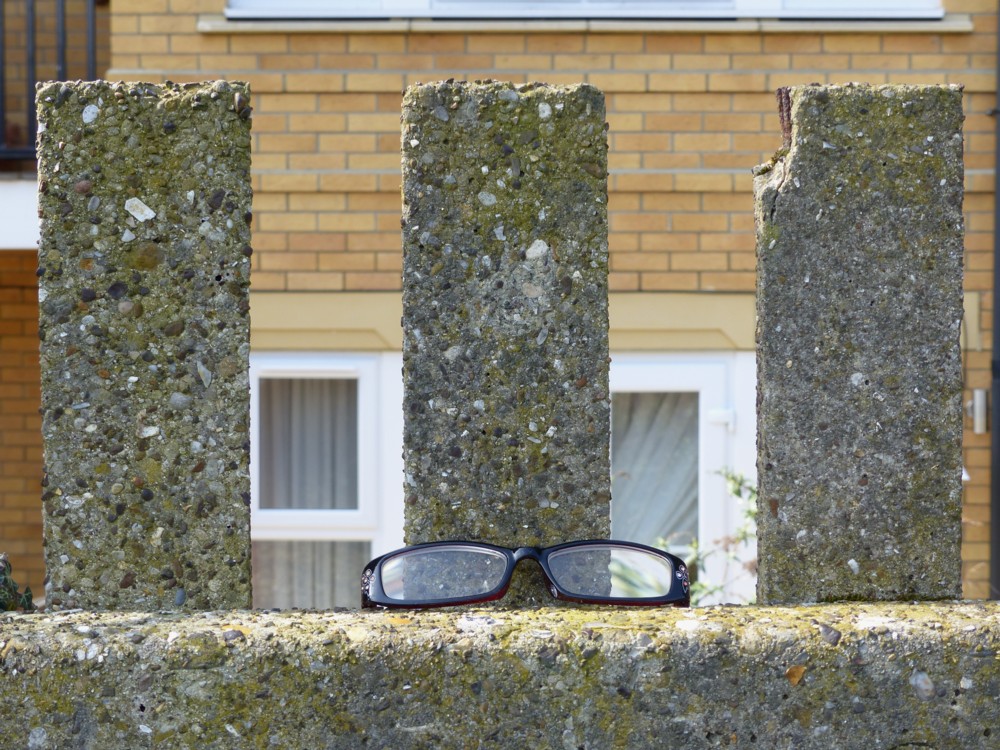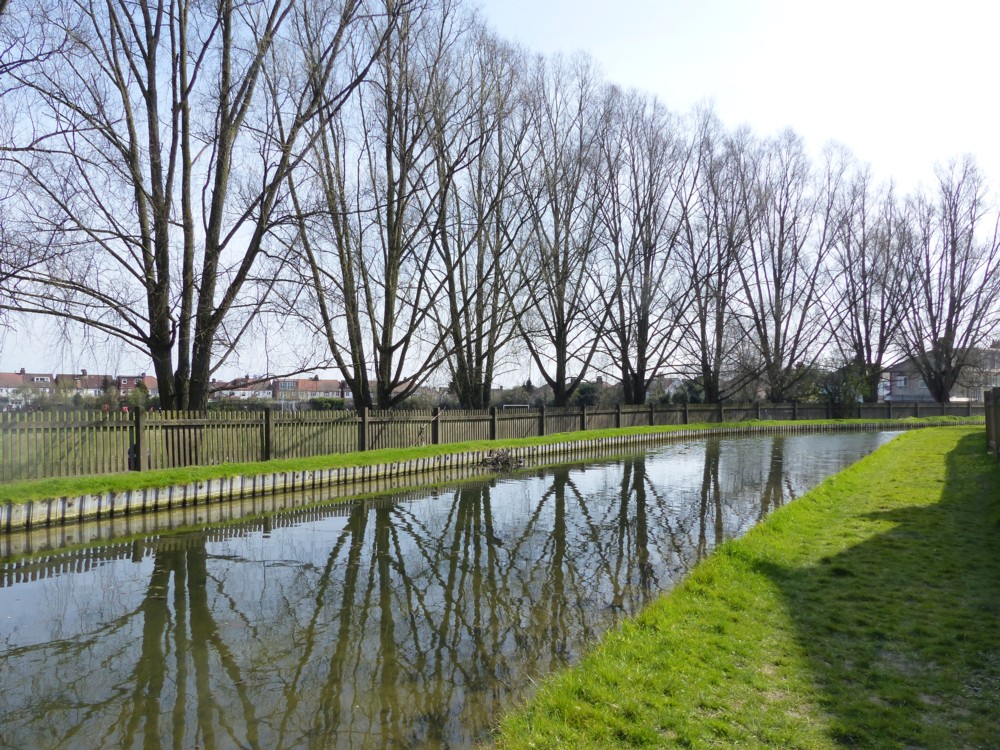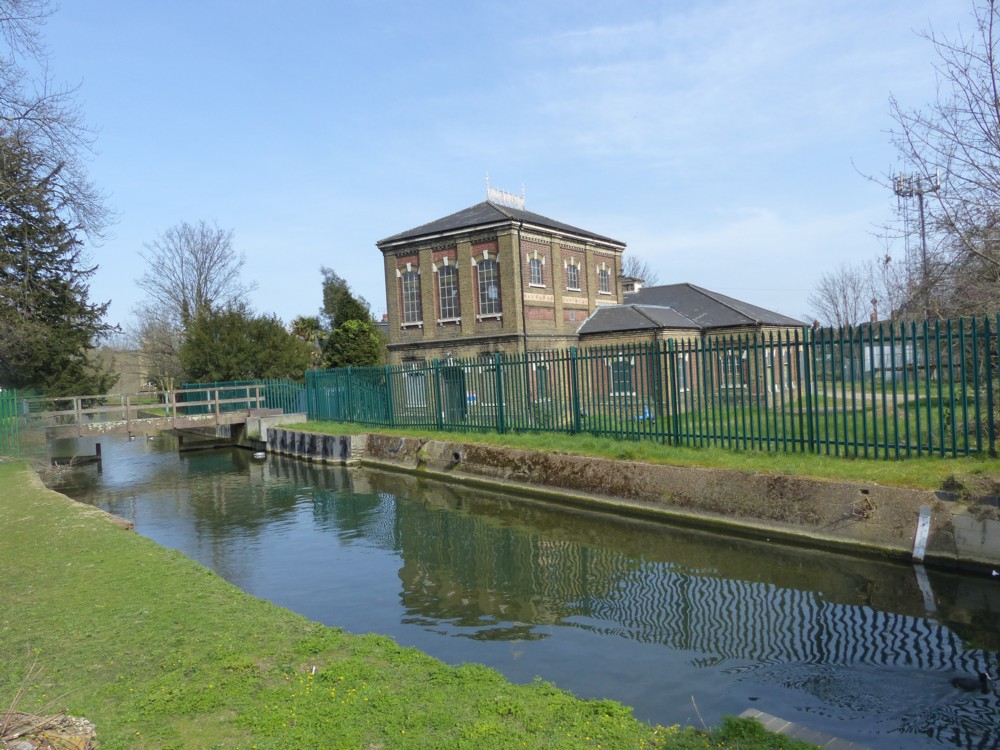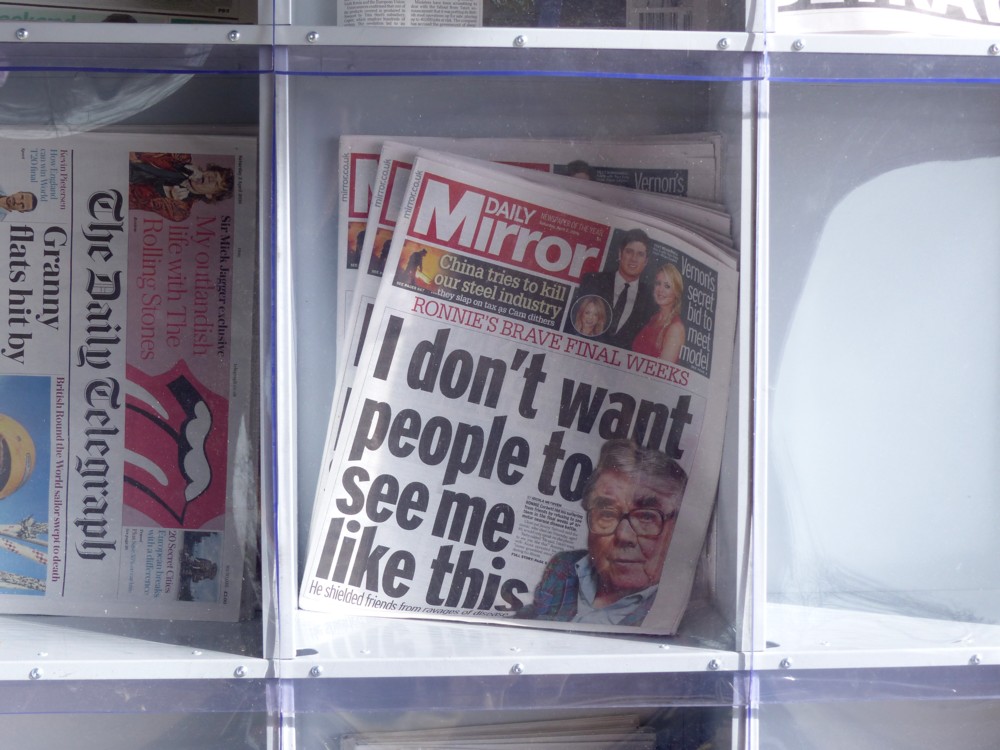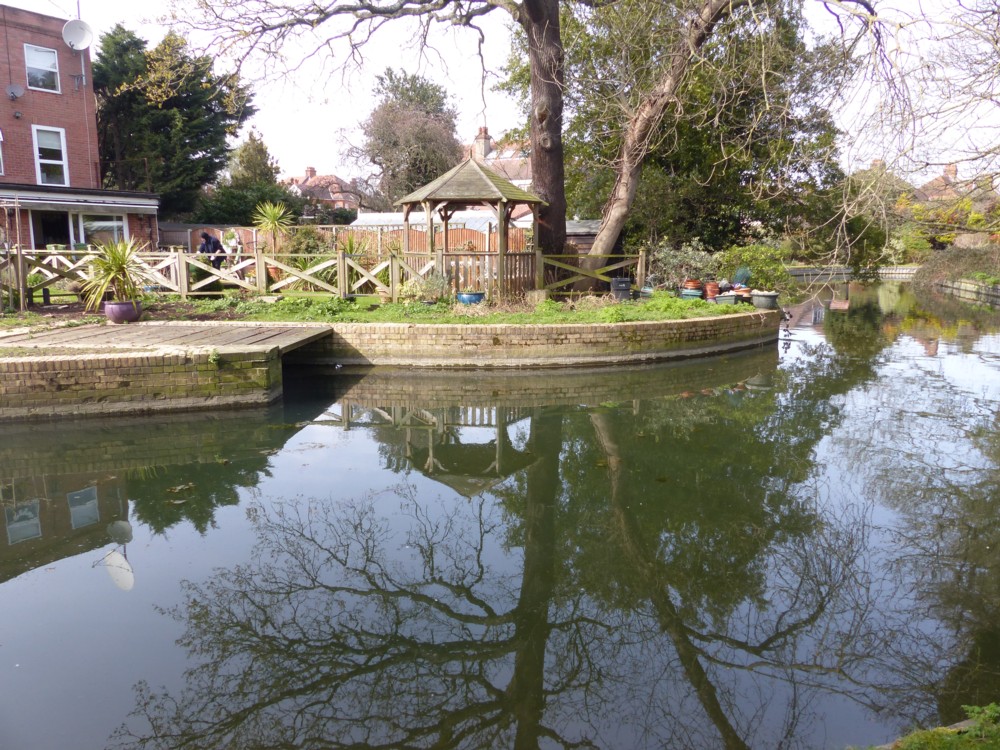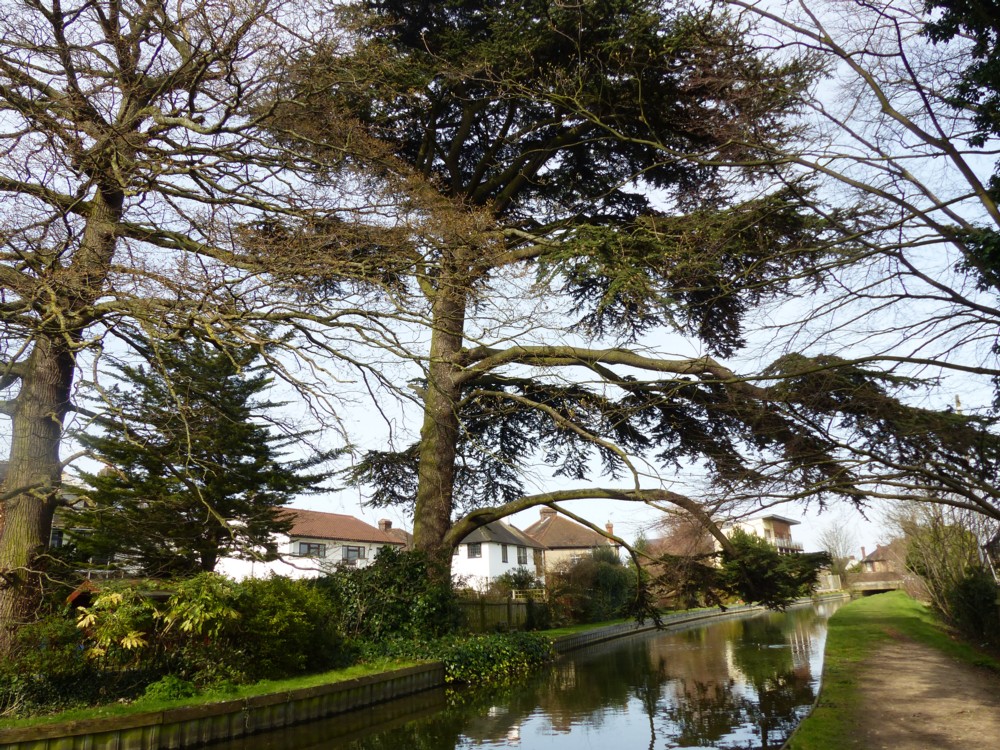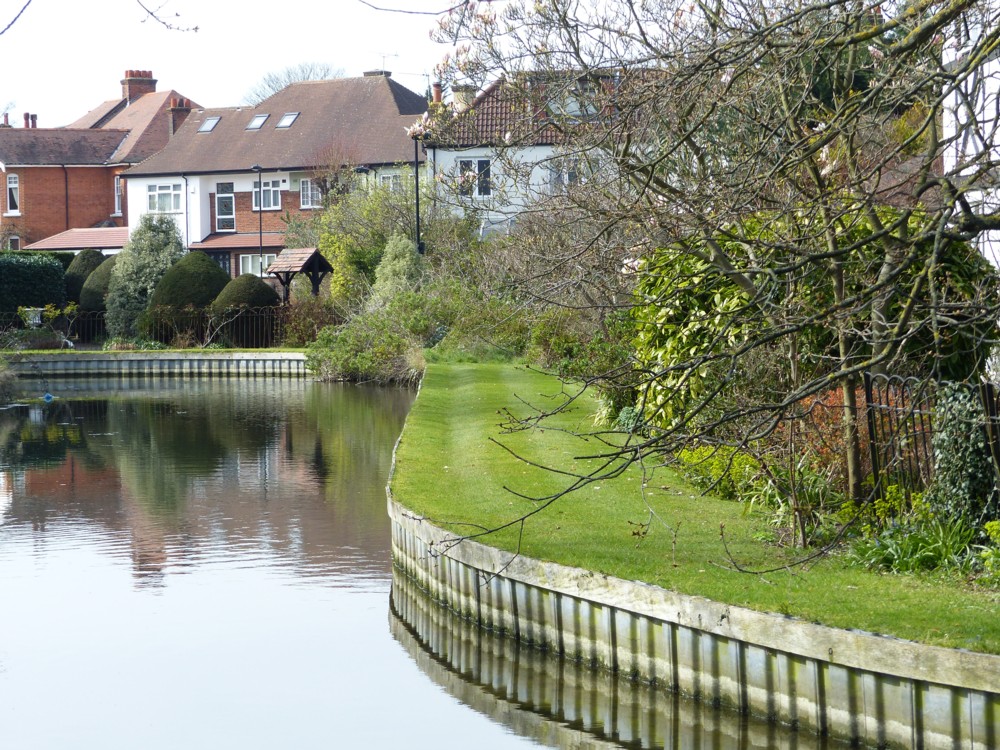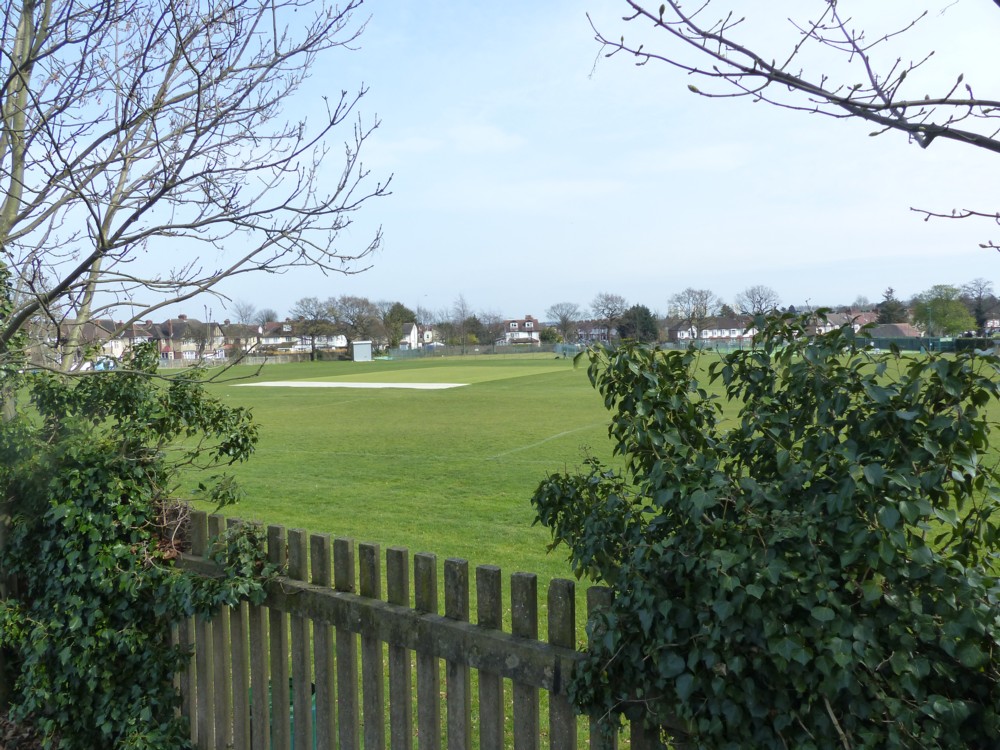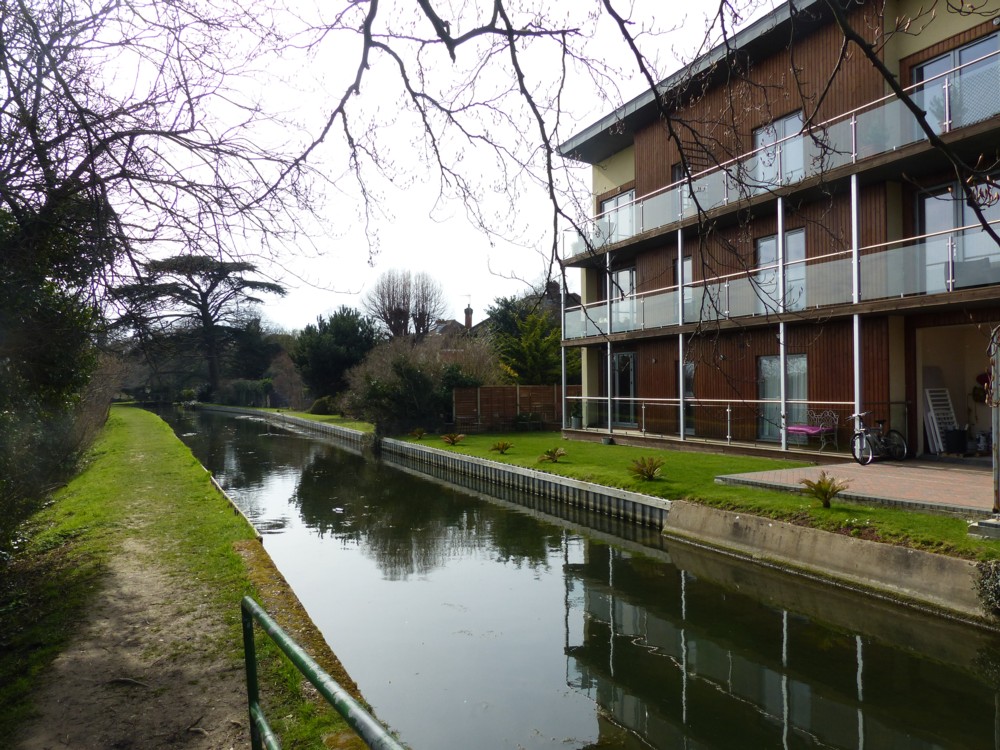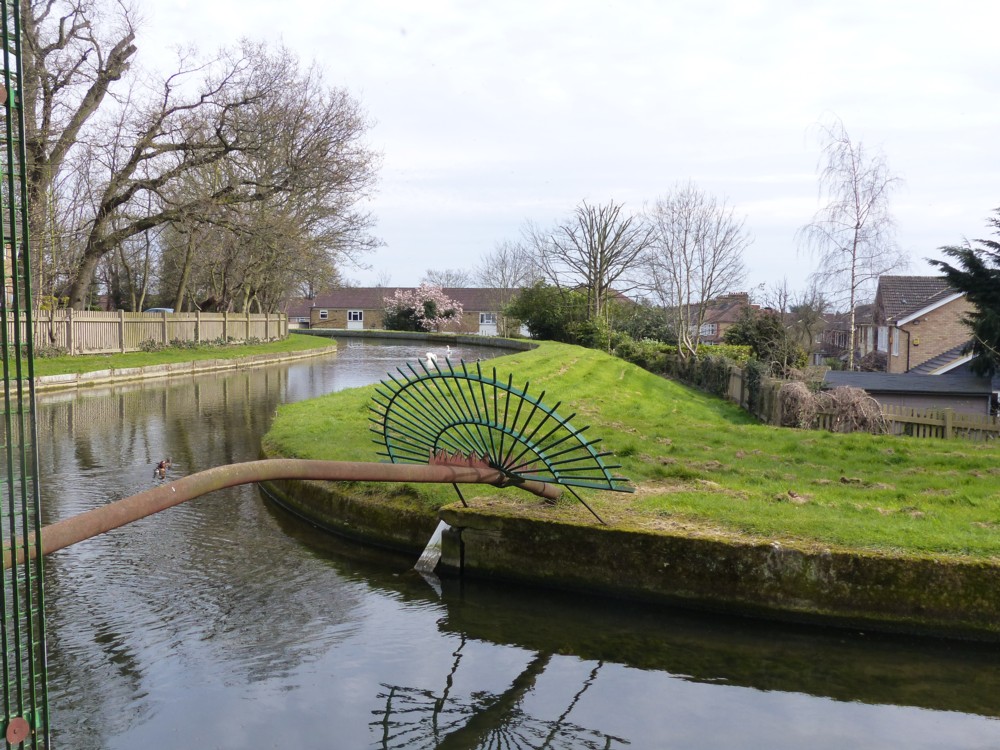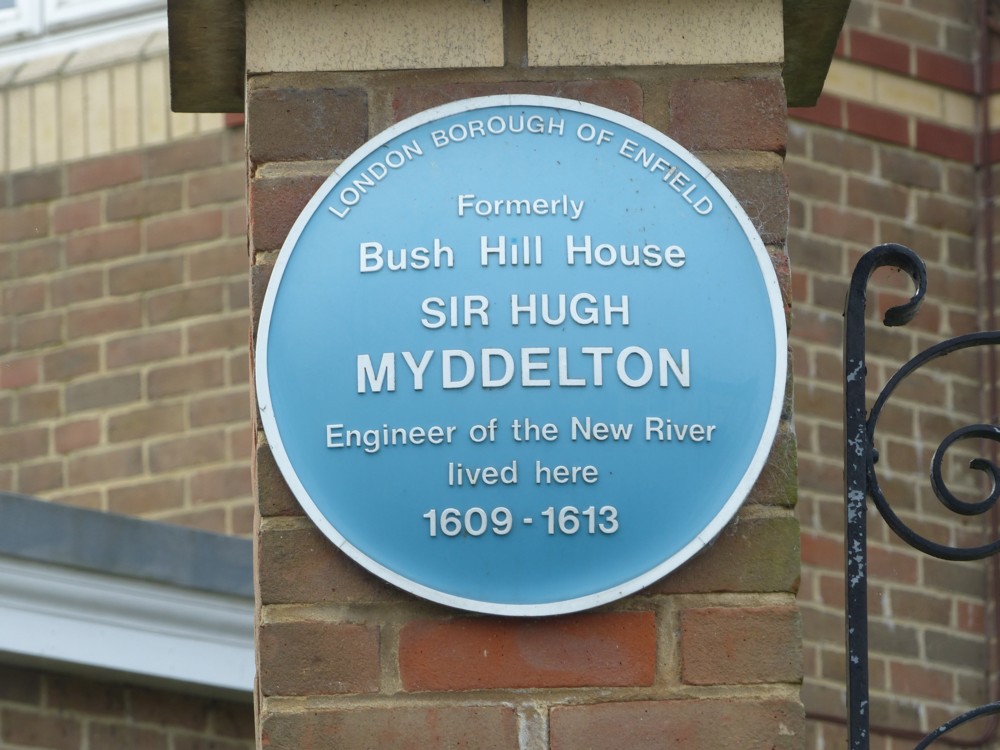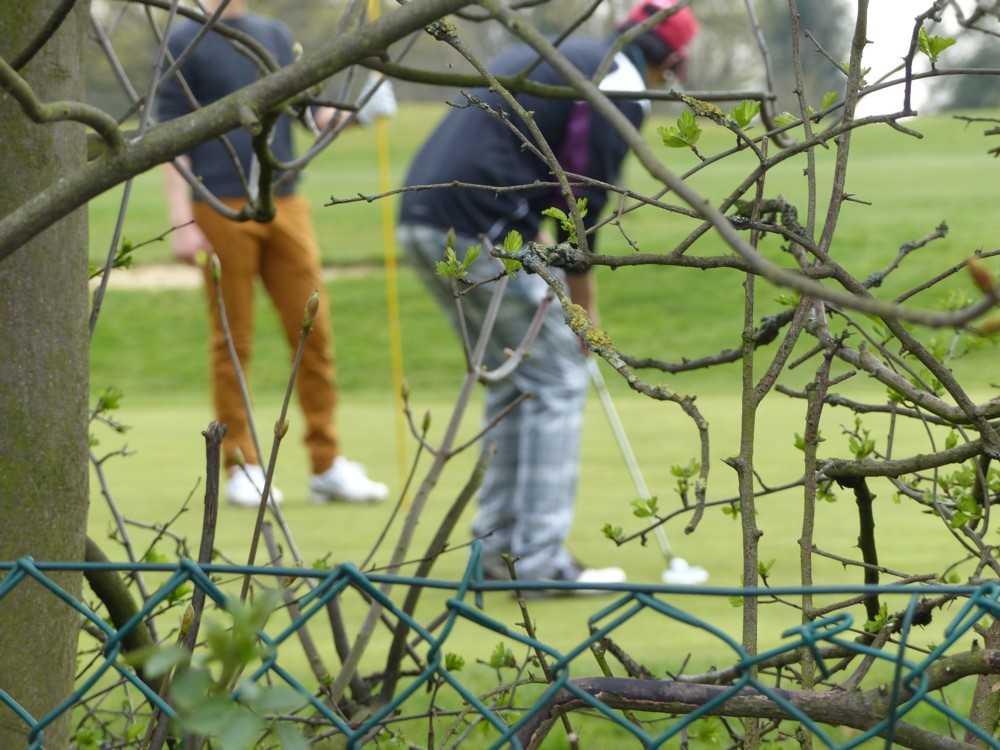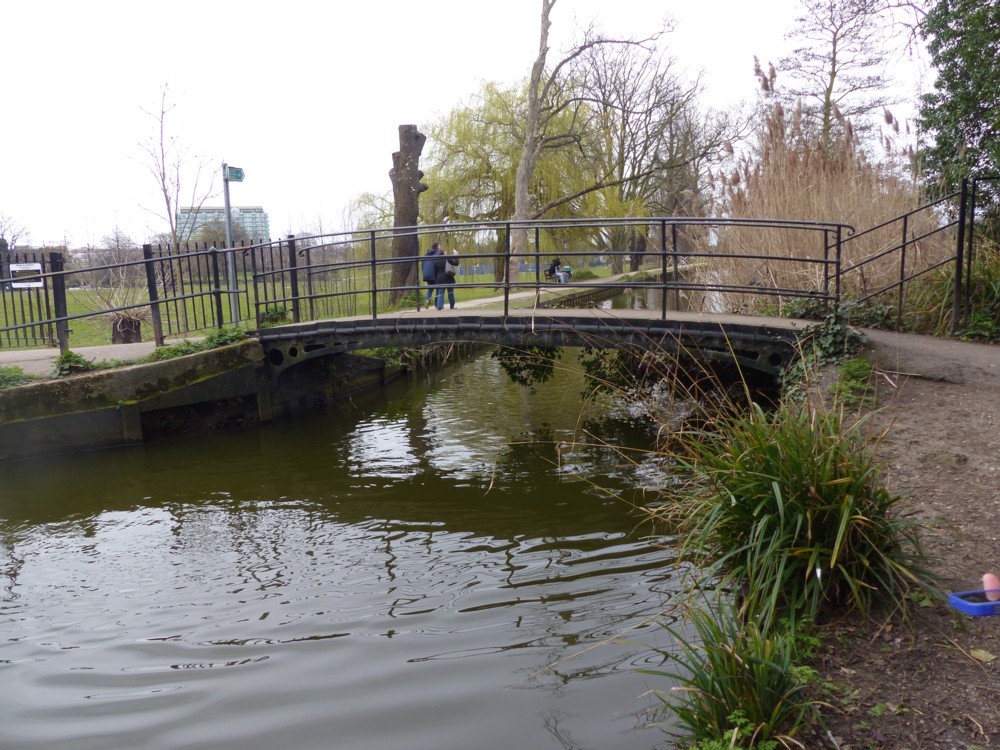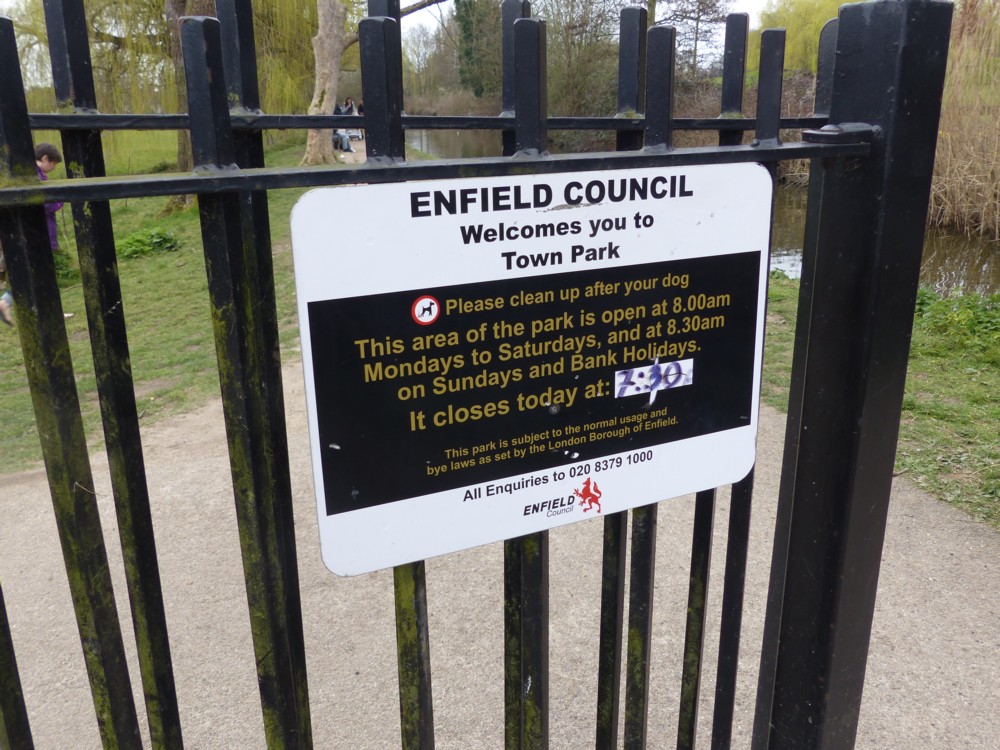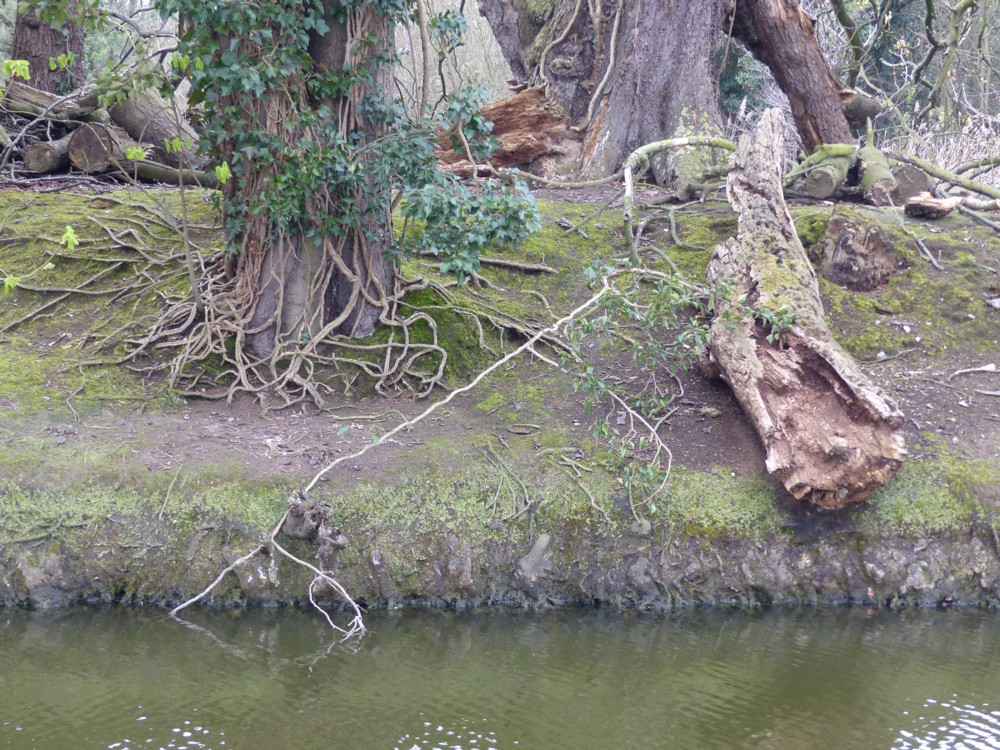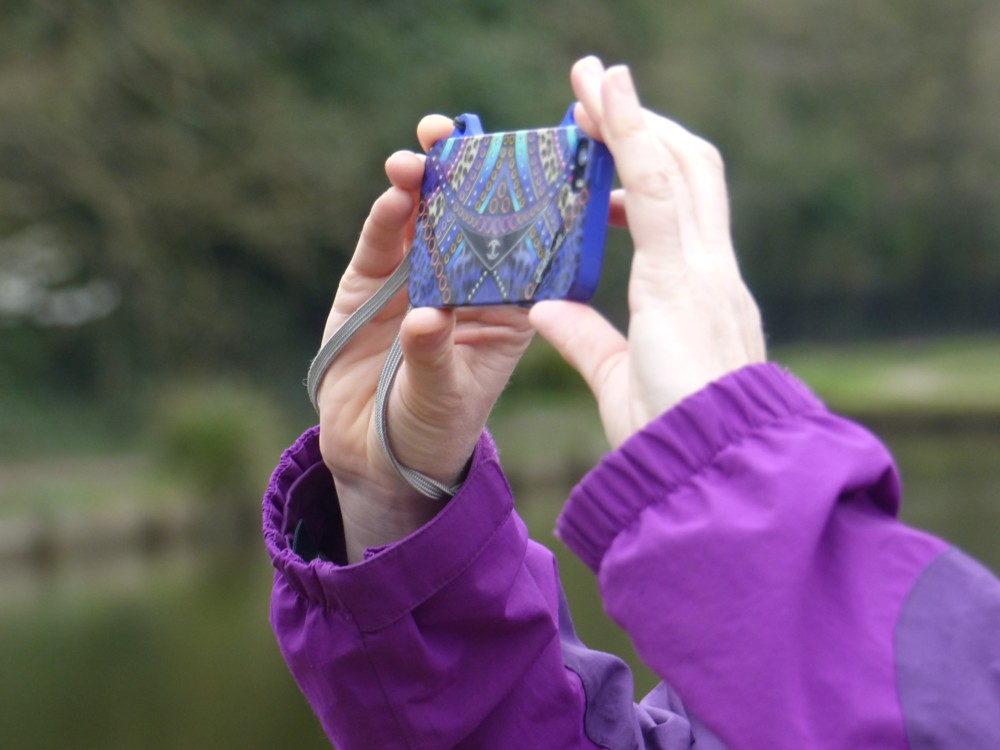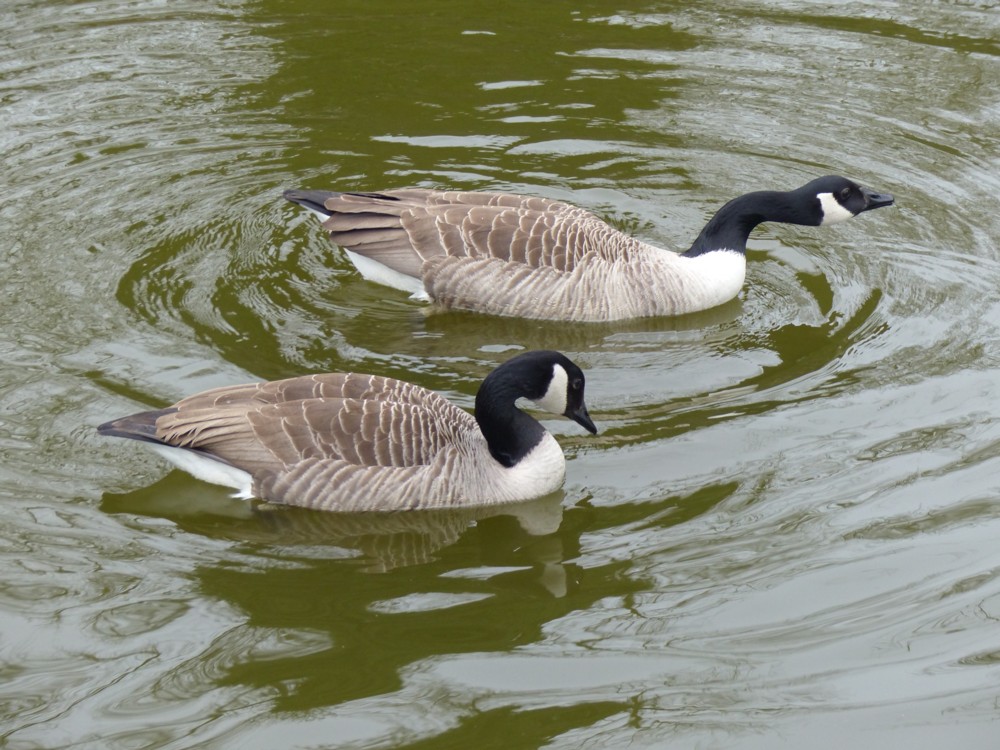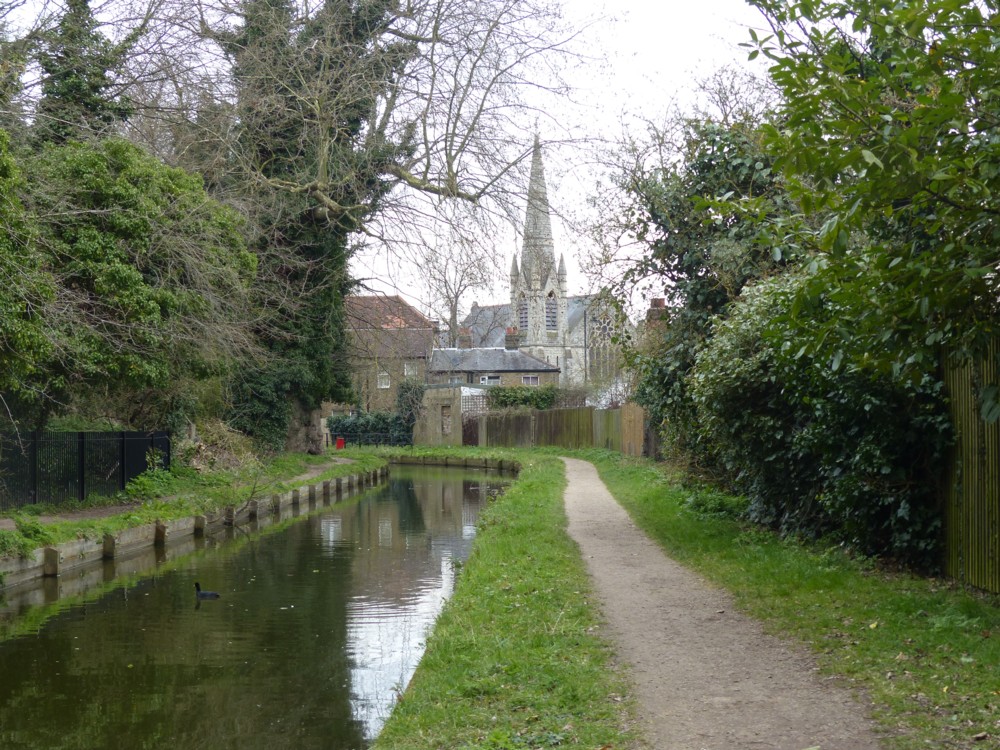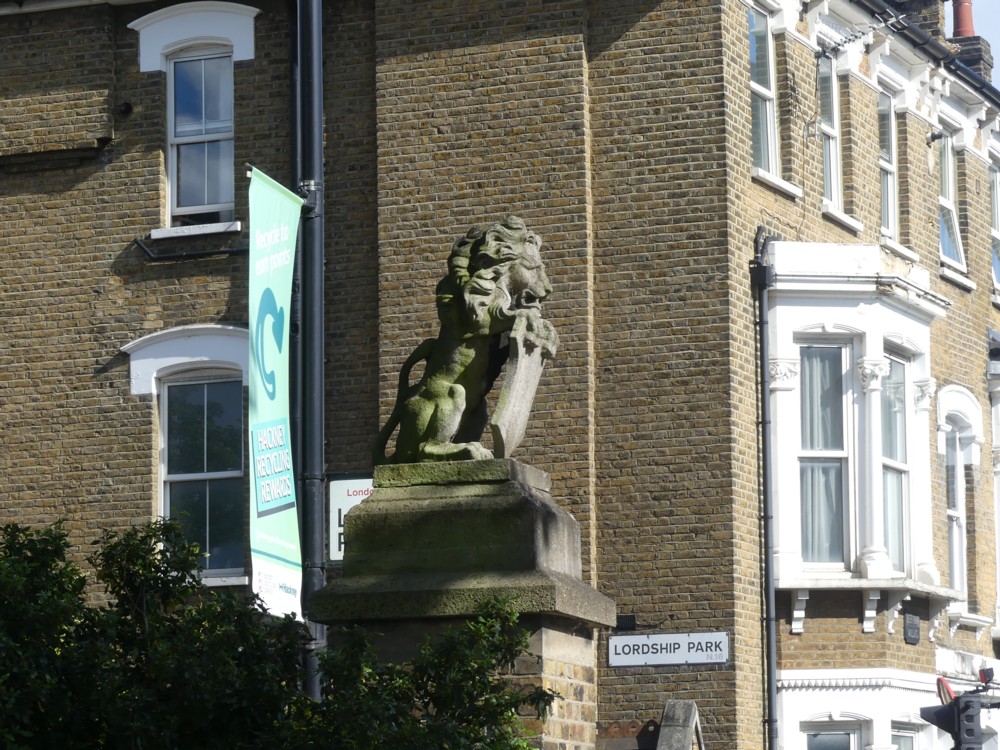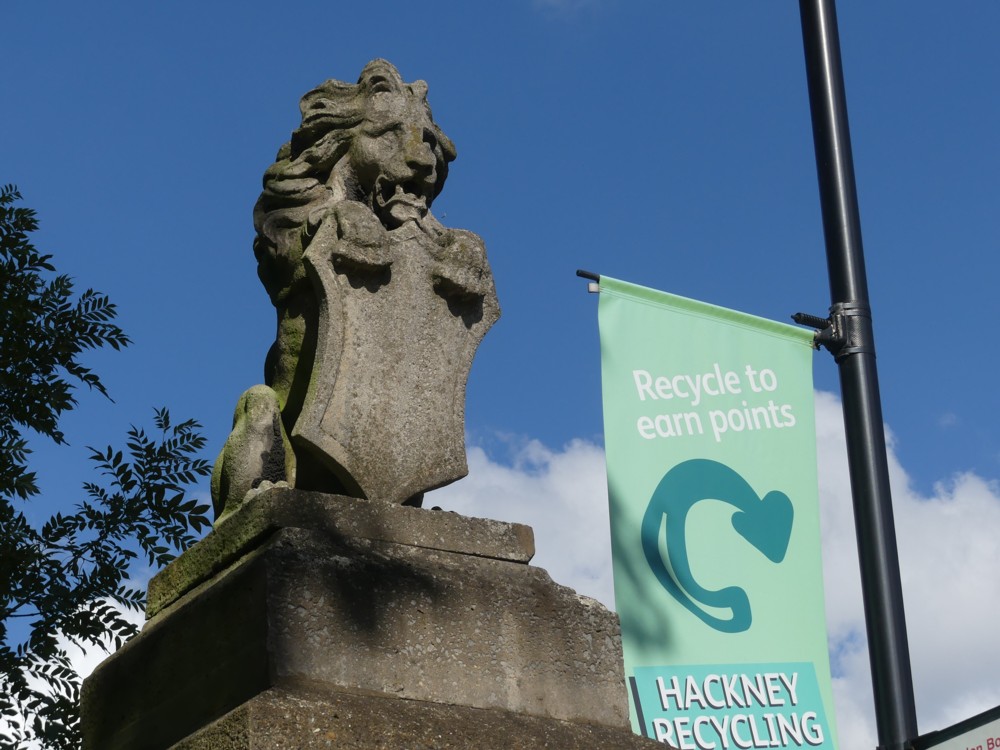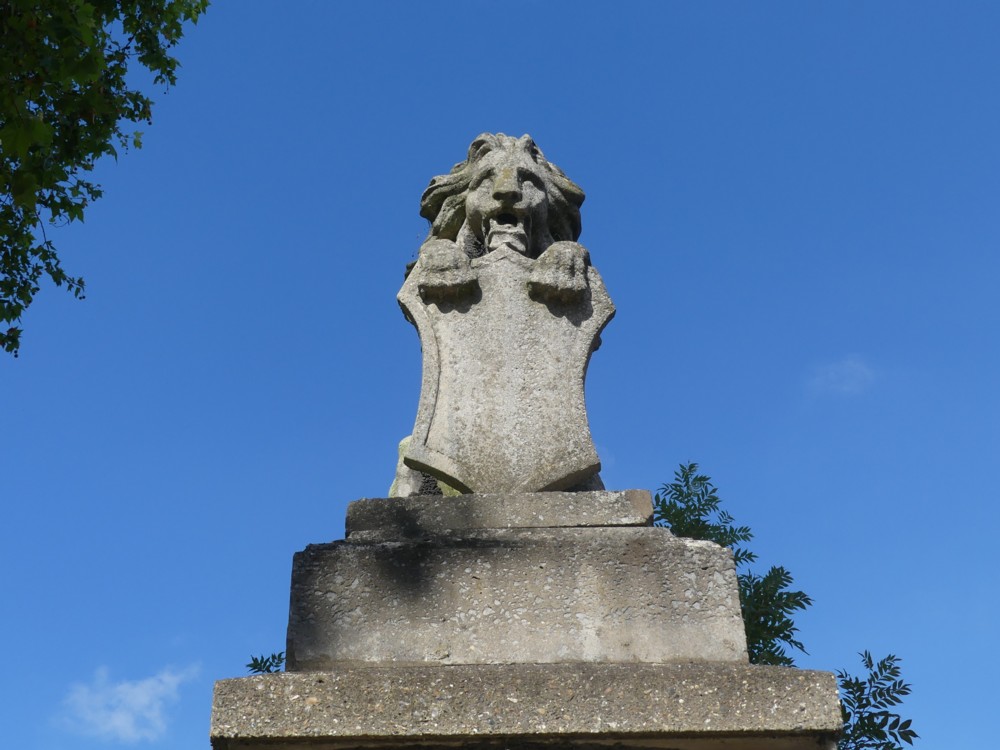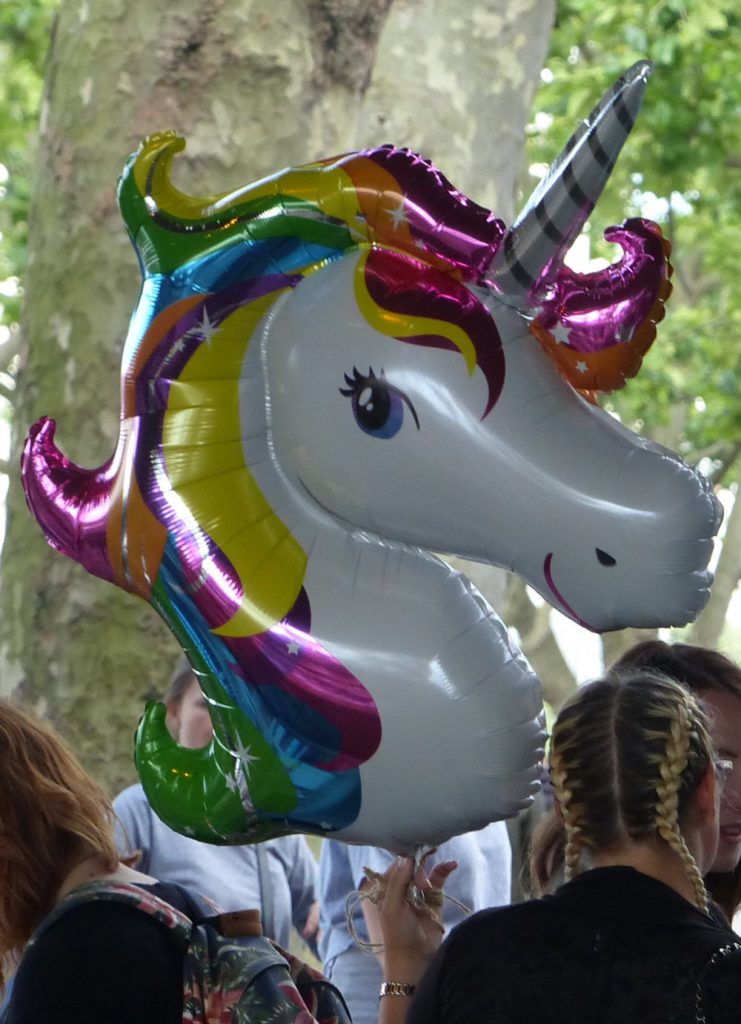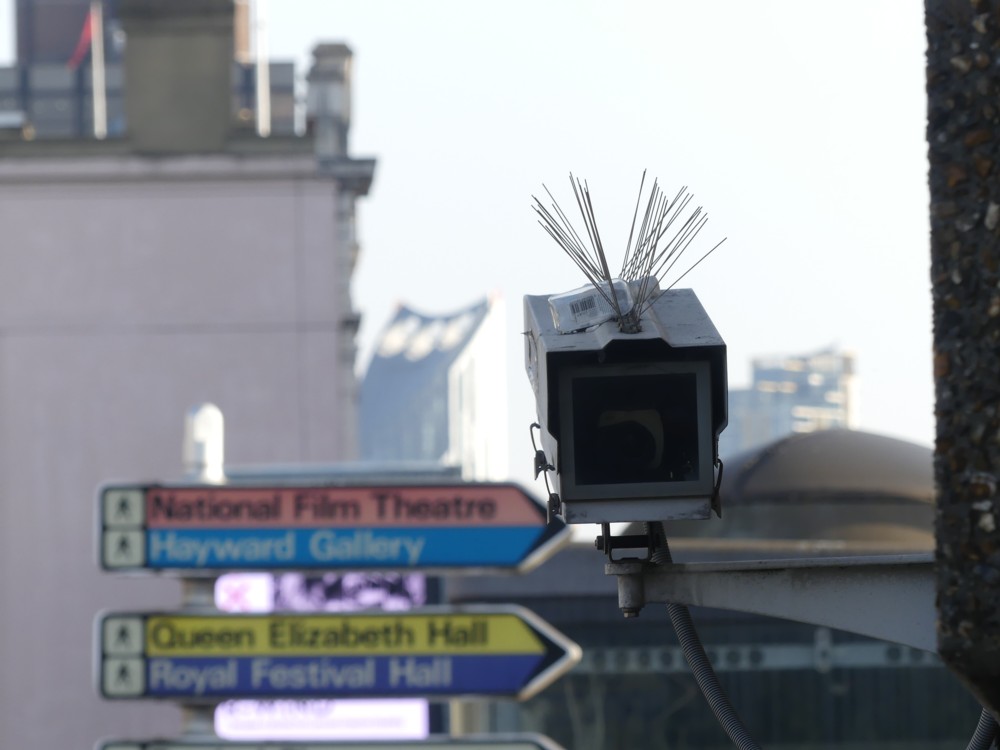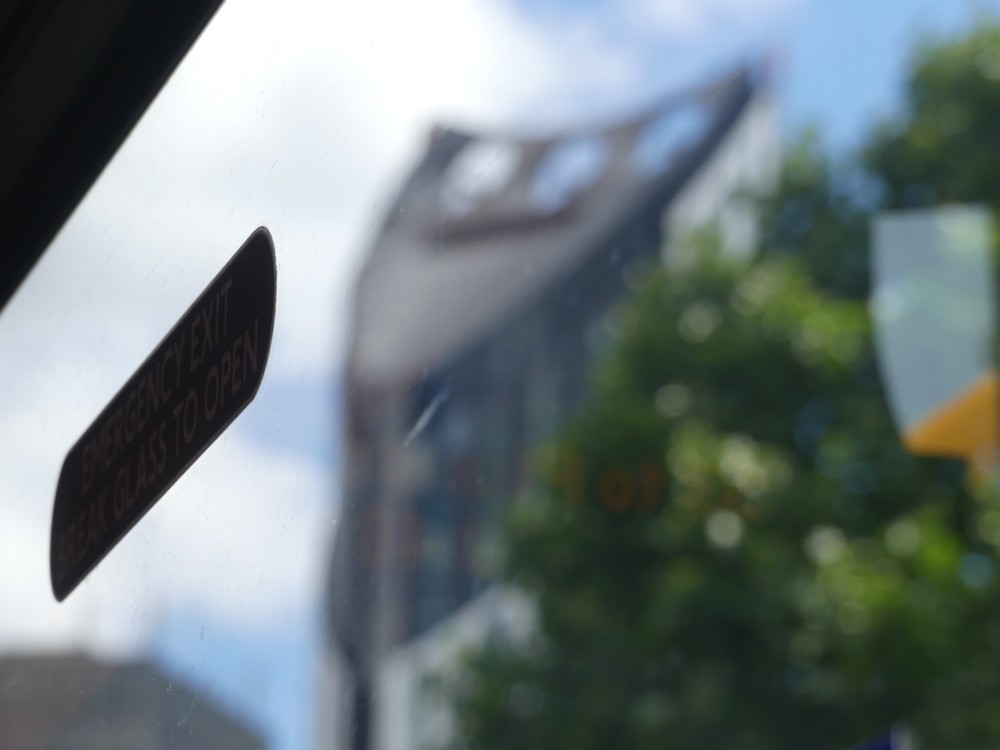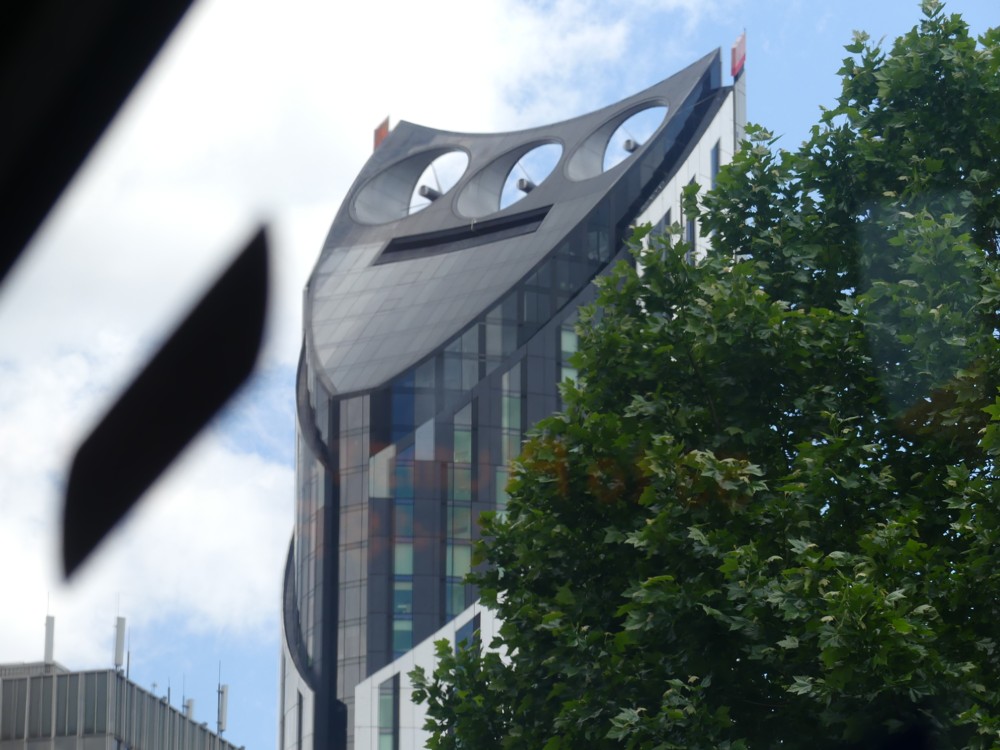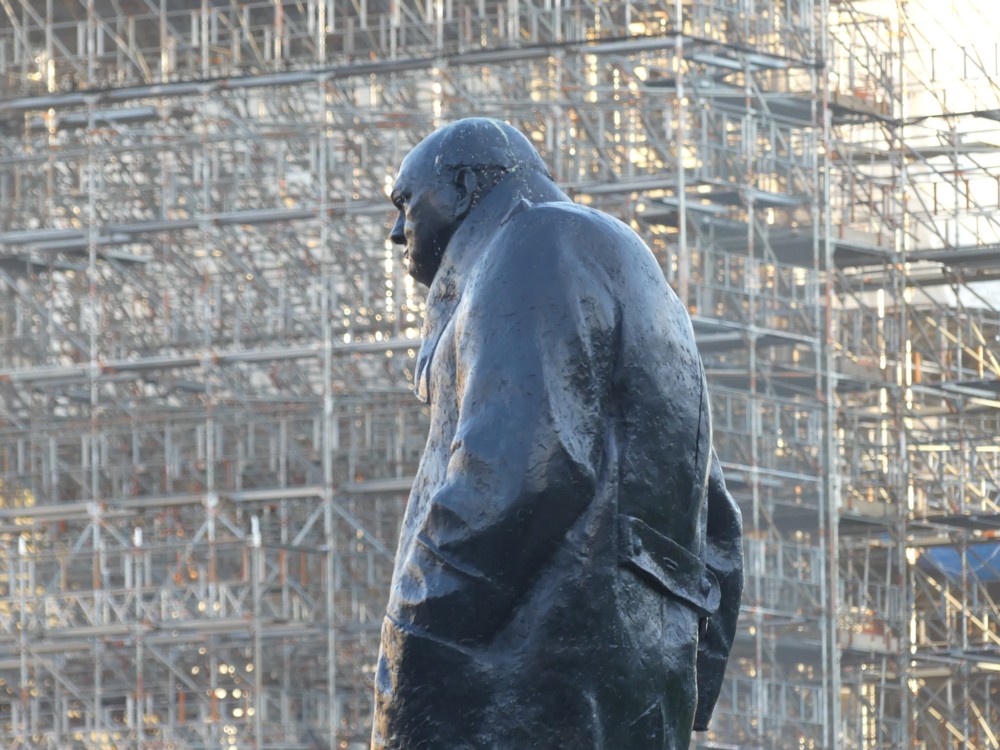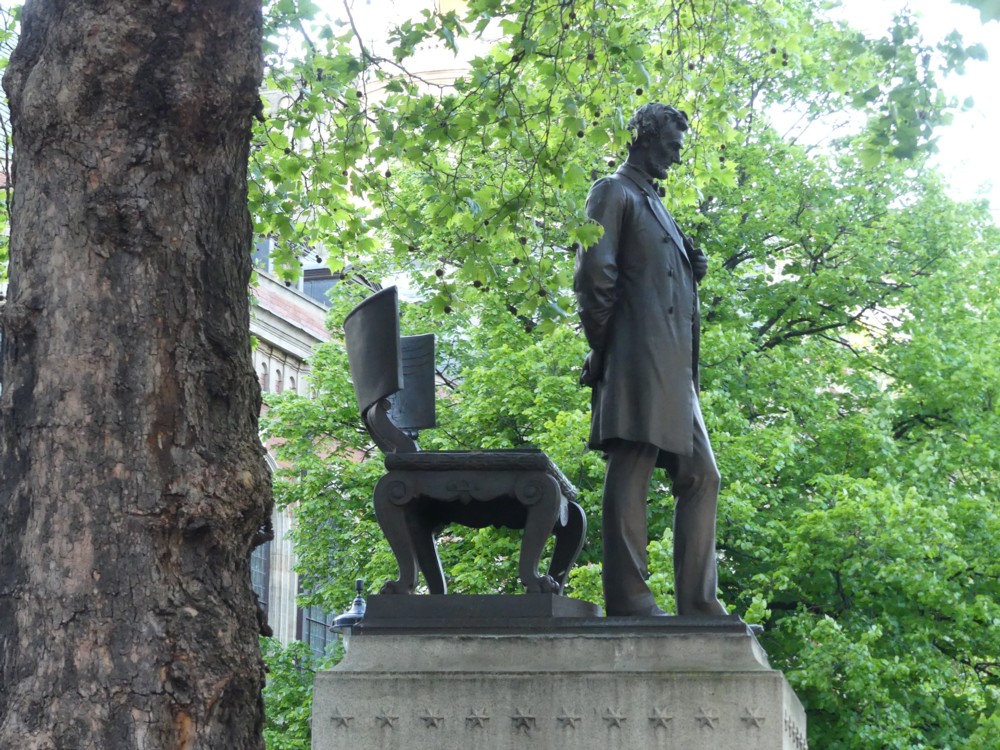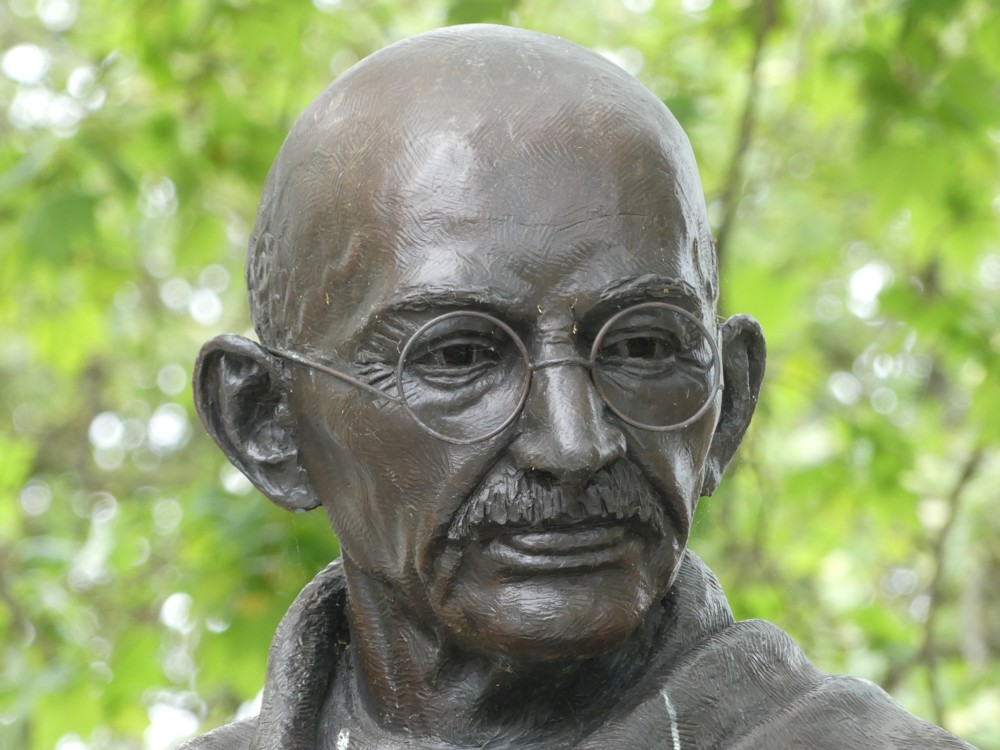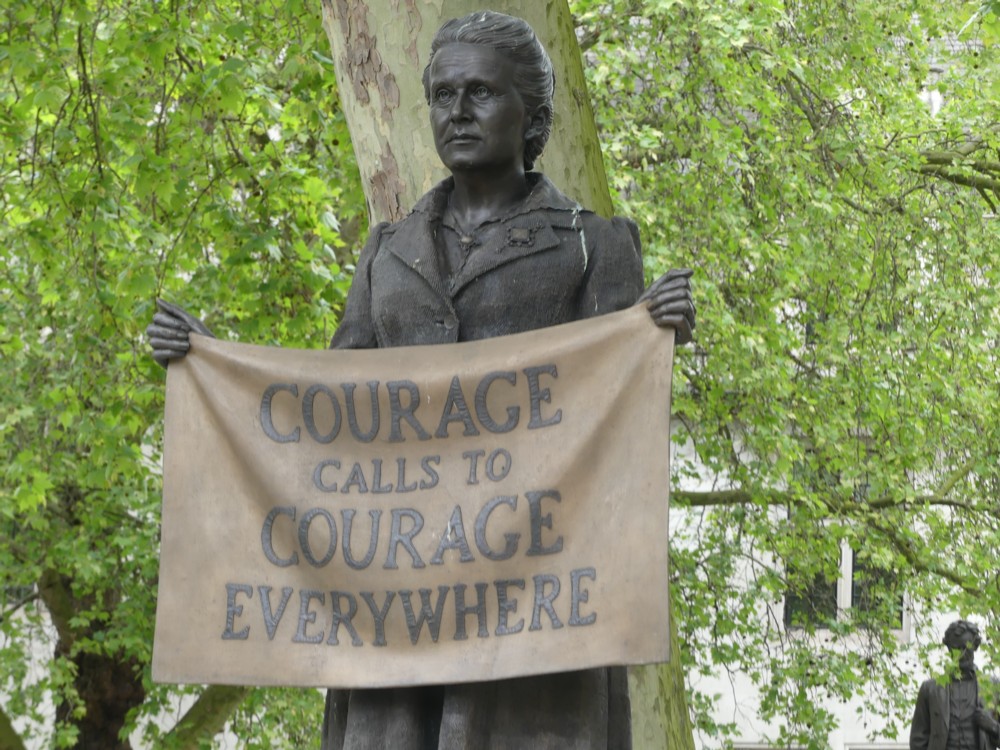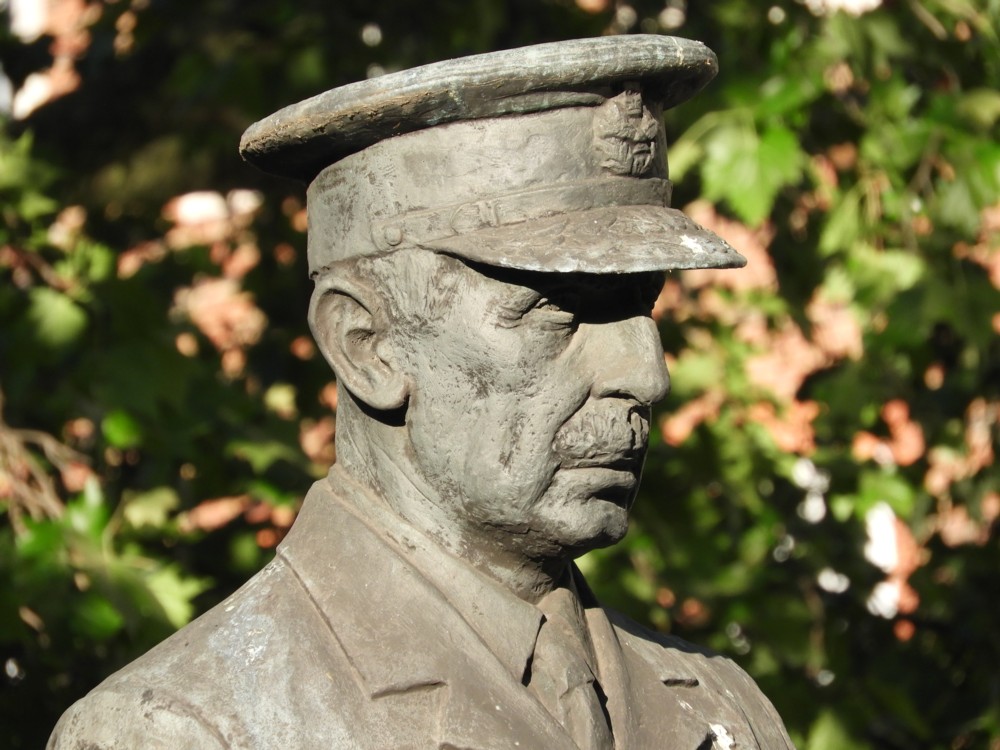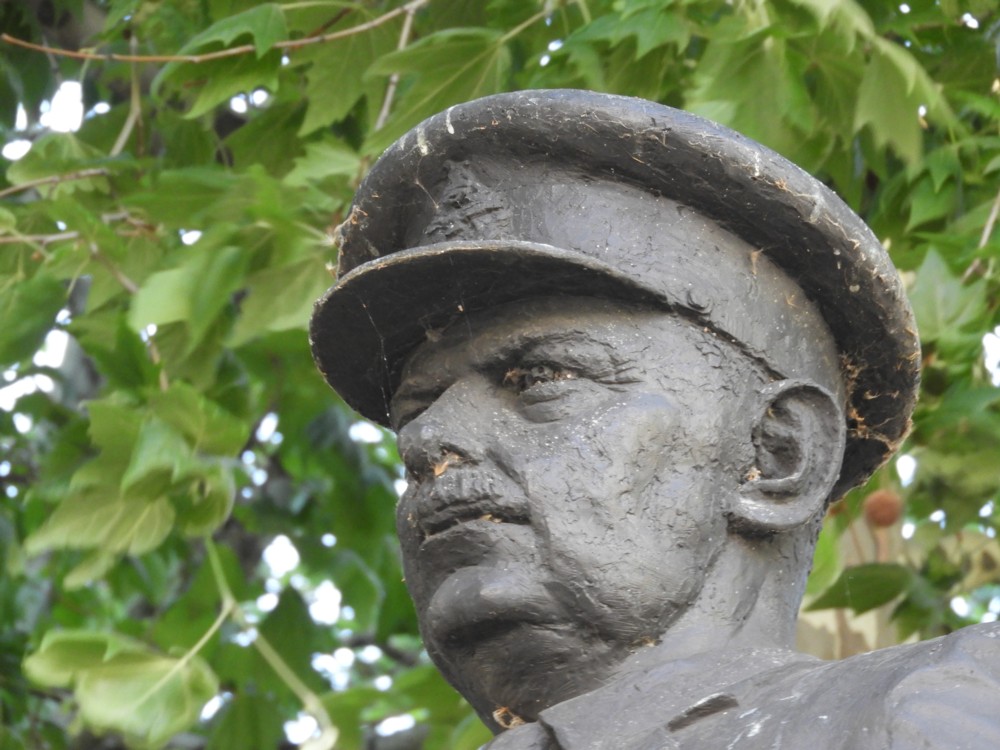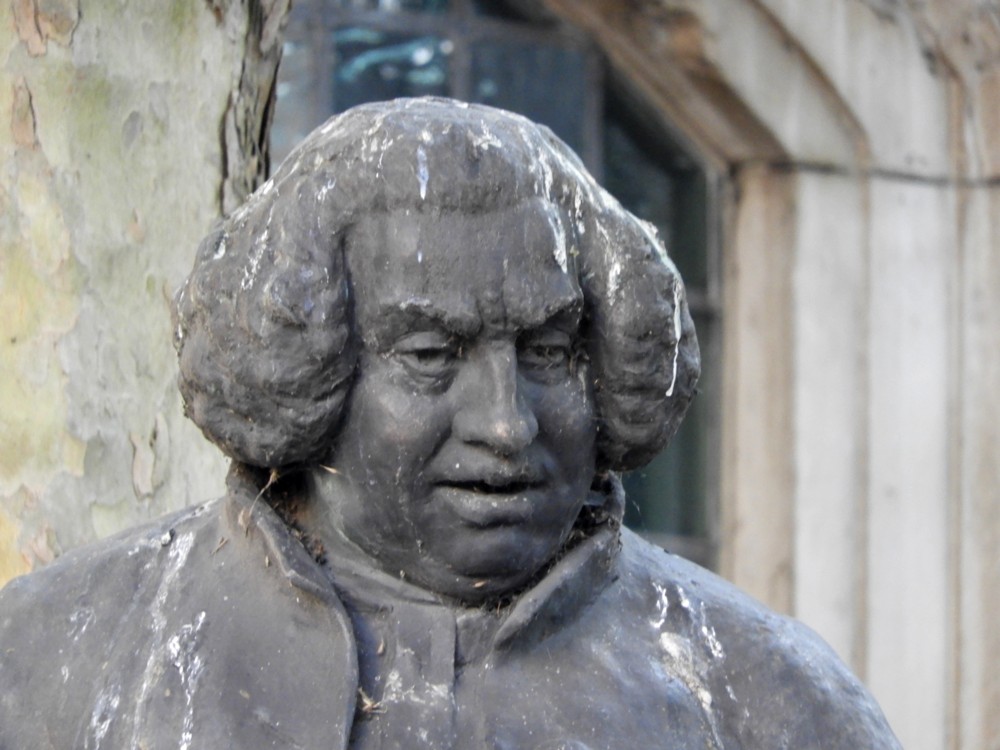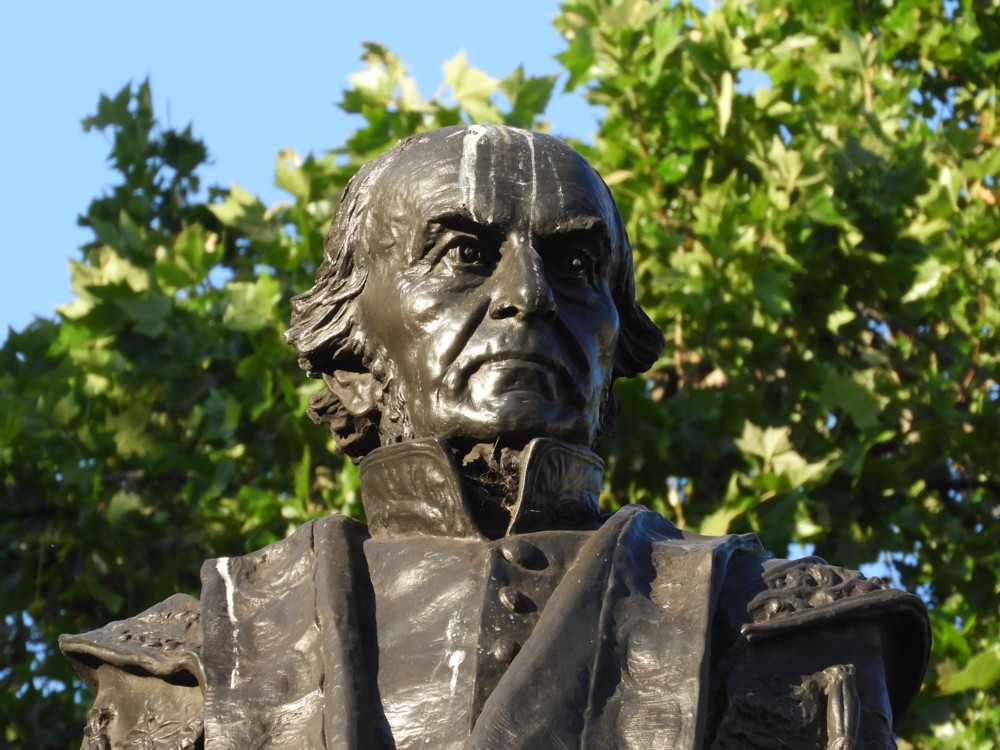Researchers publish open-source, lower cost design for 3D printed robot dog.
What are the future applications of of such a “dog”? Some rather unconvincing tasks are mentioned in the above report, like hanging about in a forest “monitoring” animals. But that sounds like green-friendly make-work to me.
Warfare in complicated terrain does seem like an obvious application. Exploring Mars, in other words, and then fighting other robots for the control of Mars. And meanwhile filming it all, for entertainment purposes?
Airplanes flew for quite a long time before they found a major use for them, which was to spy on opposing armies and to make big guns cleverer, and then to fight and kill other airplanes. Then came high tech sport, in the form of air races, which was really just research and development for better and faster war planes.
Around then, also, very tentatively, airplanes began to deliver letters. And then, airplanes began to deliver people, which was to say very rich people. Eventually, half a century after they first flew, airplanes became part of the good life for regular humans.
Robot dogs look like they might follow a similar path. As of now, robot dogs are the robot equivalent of the useless and clumsy contraptions that airplanes were in the nineteen-noughts, good only for lunatics in goggles to play with.
Comments of how these weird creatures might actually make themselves useful, more quickly and less destructively than my grumpy pessimism just said, would be most welcome.
For starters, if these things are ever going to be liked by humans, they’re going to need heads, heads that are more than merely decorative which gather and transmit information. Then, maybe (and I seem to recall speculating along these lines at my long-lost Education Blog): child minding? A combination of such robot-human interaction and transport? Like a sort of super-intelligent horse?

